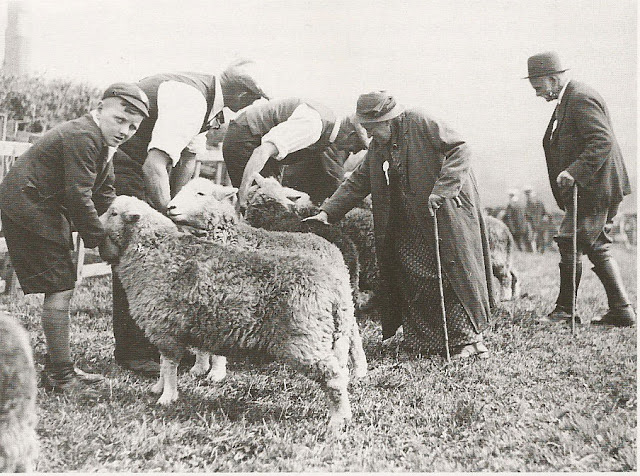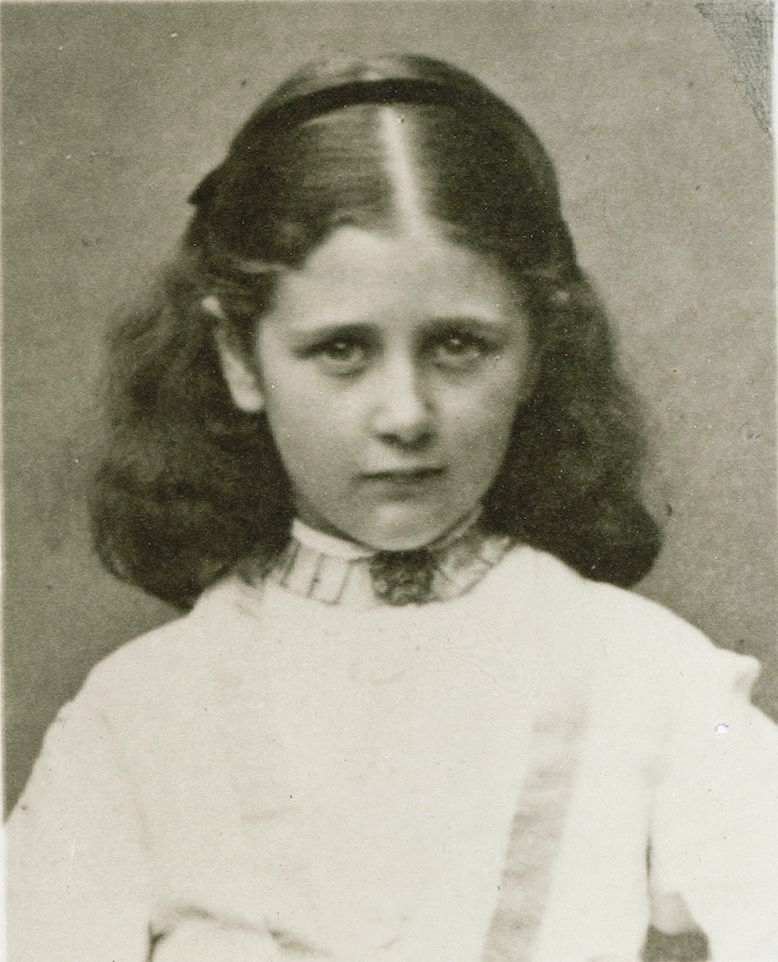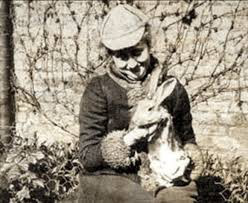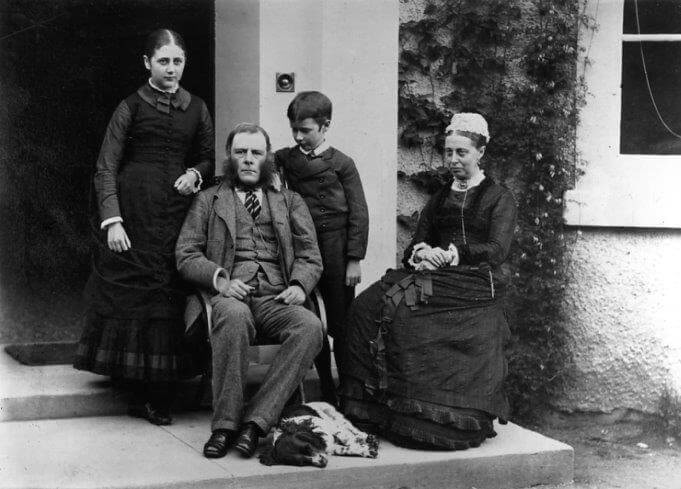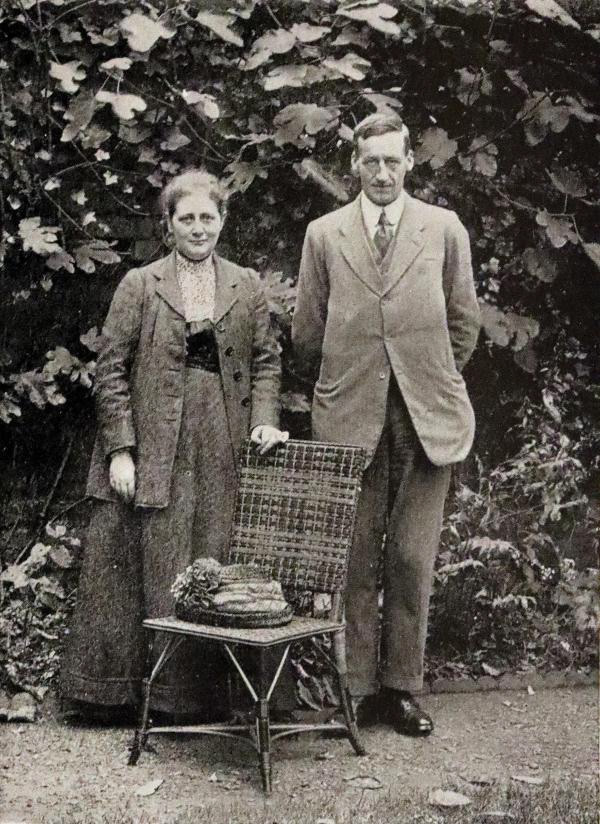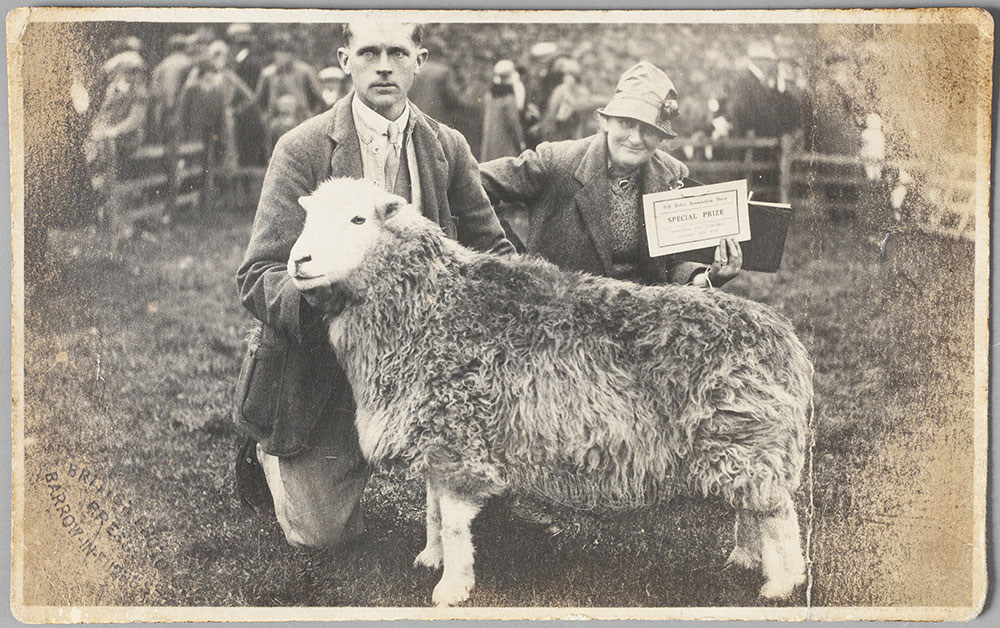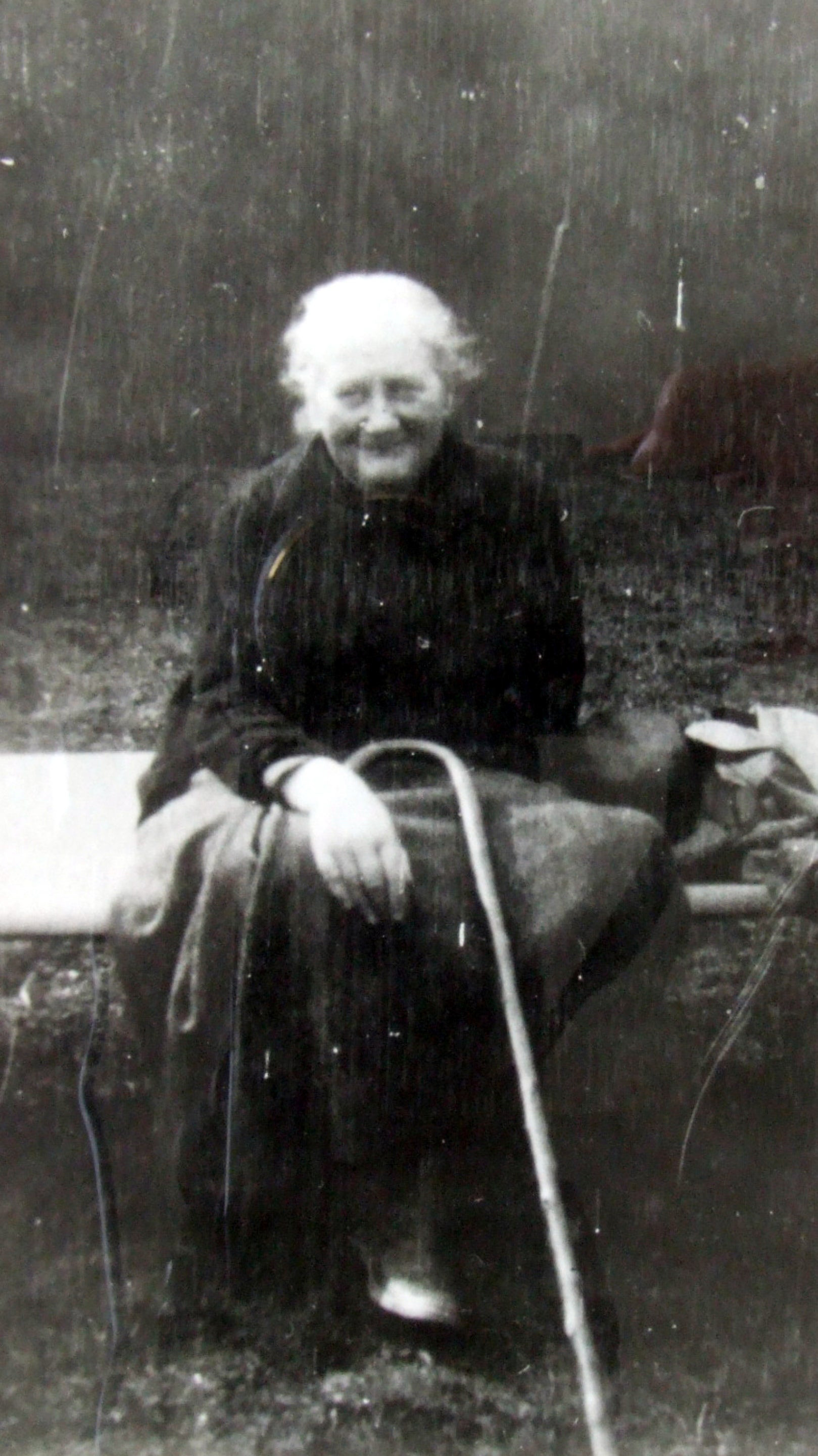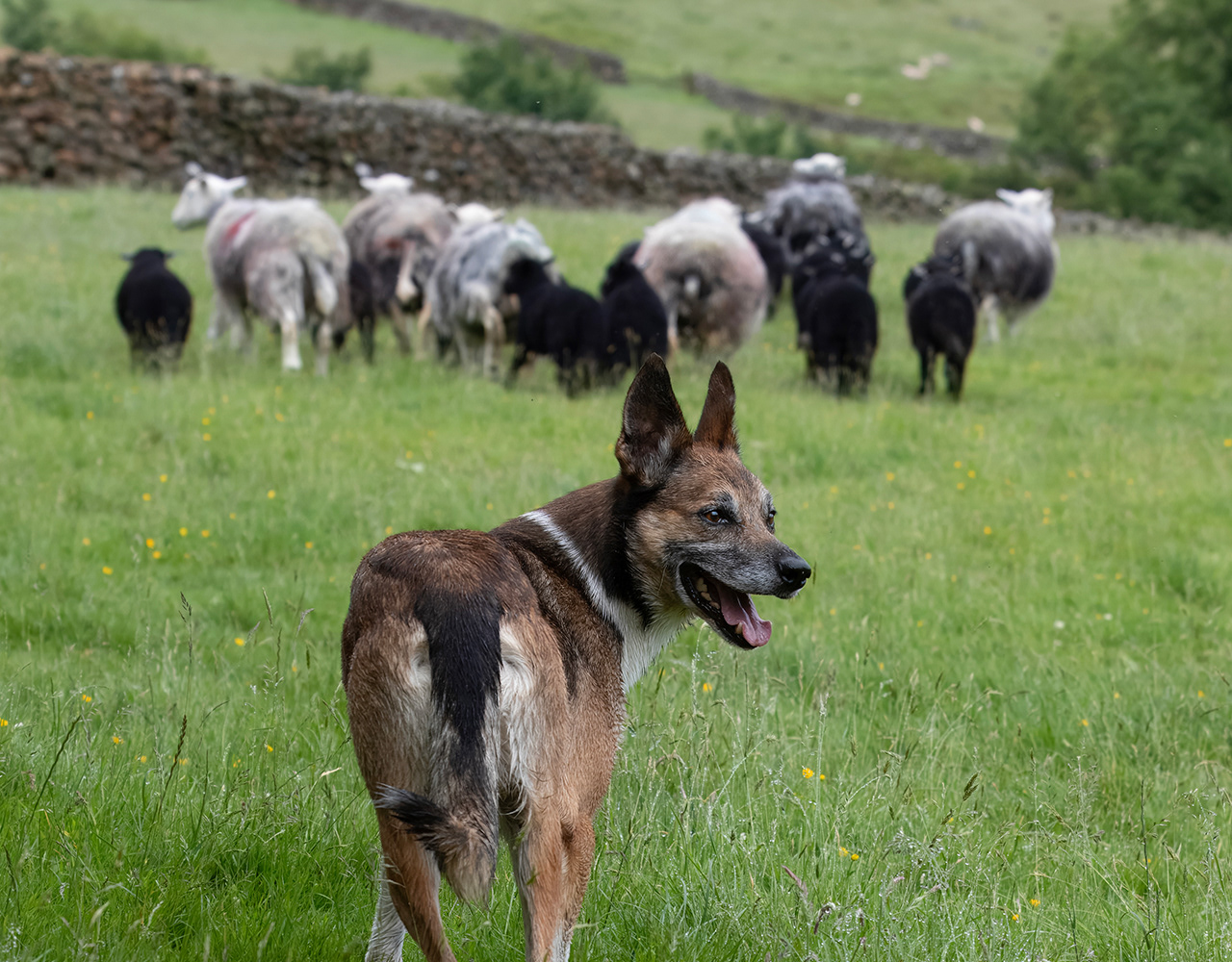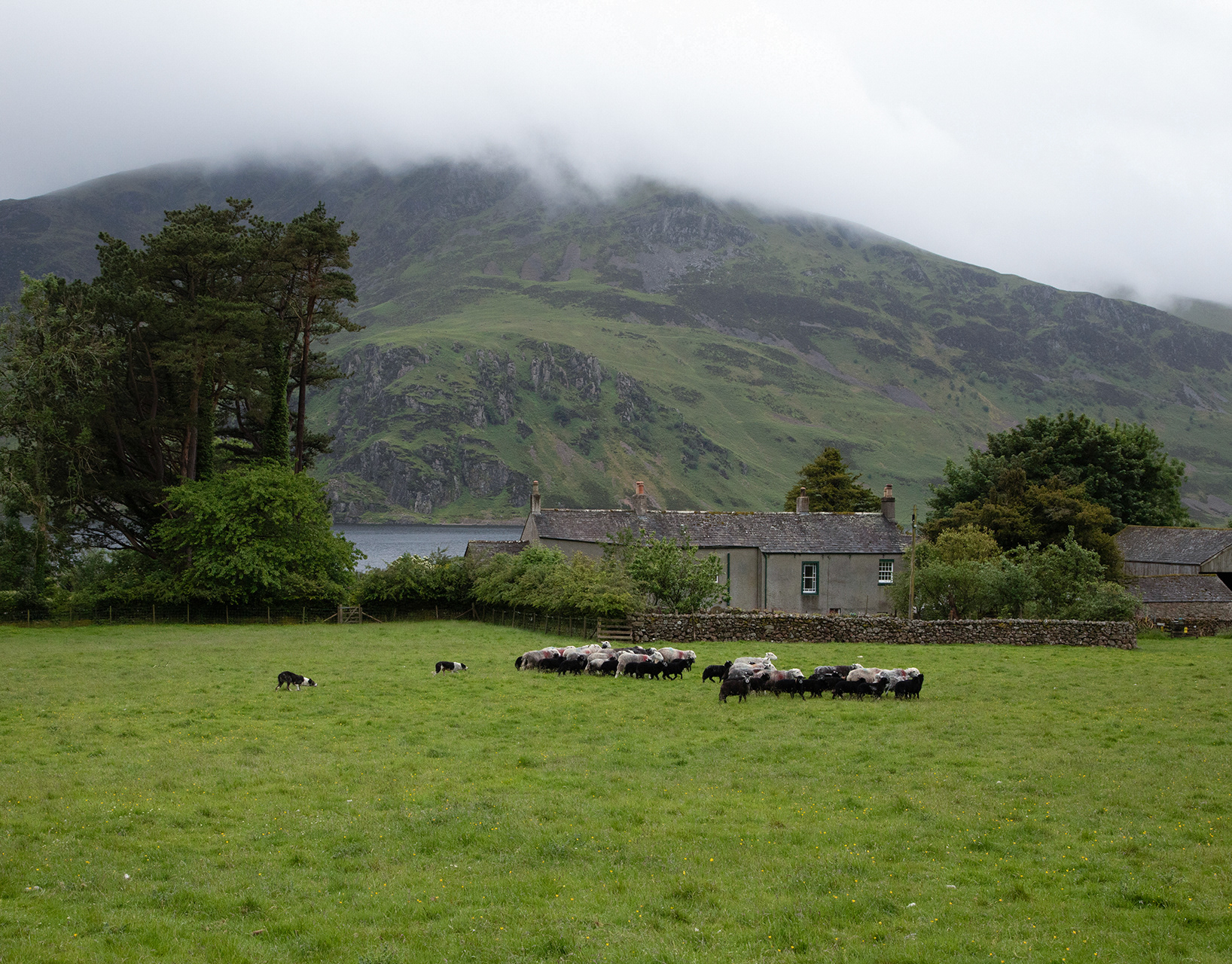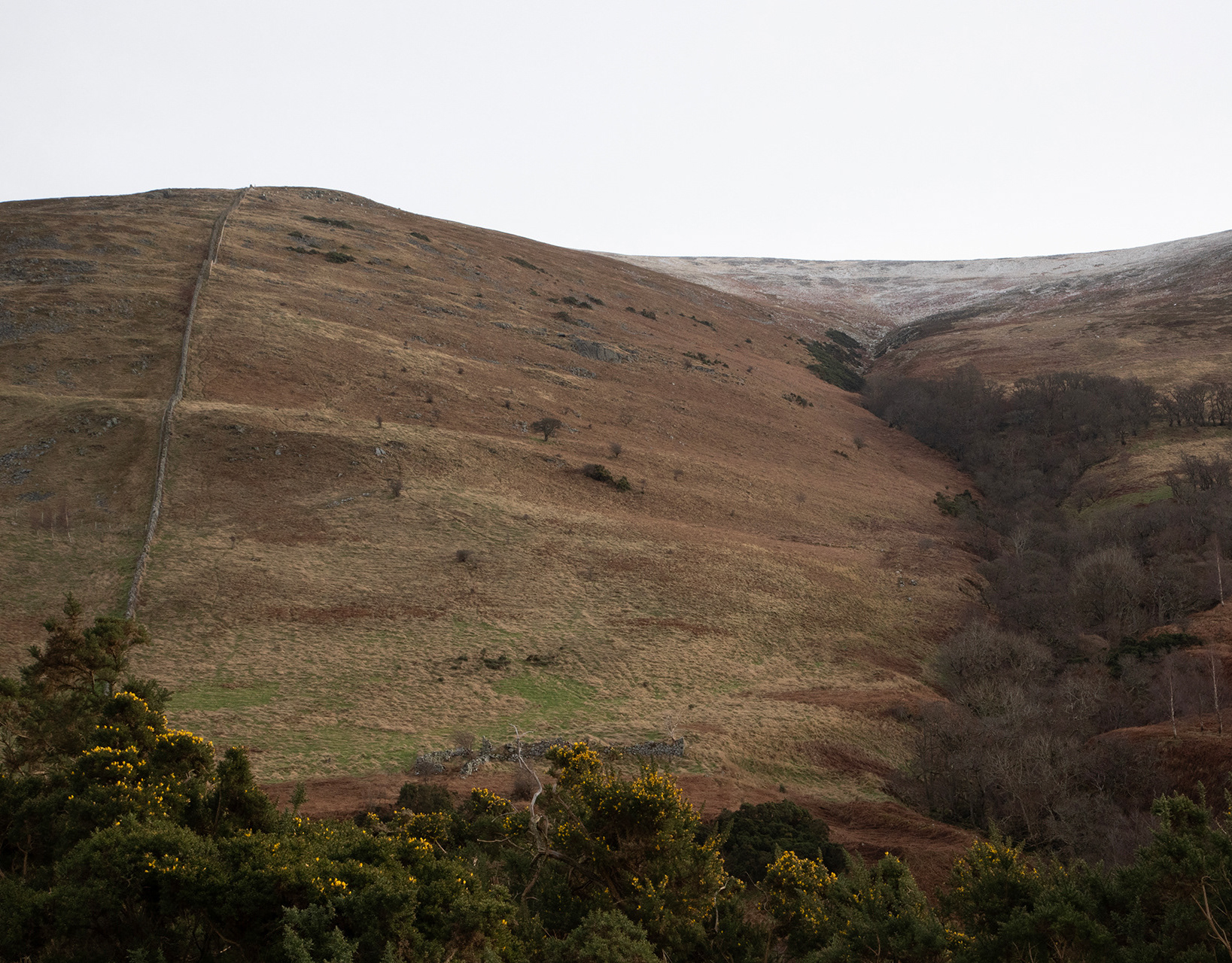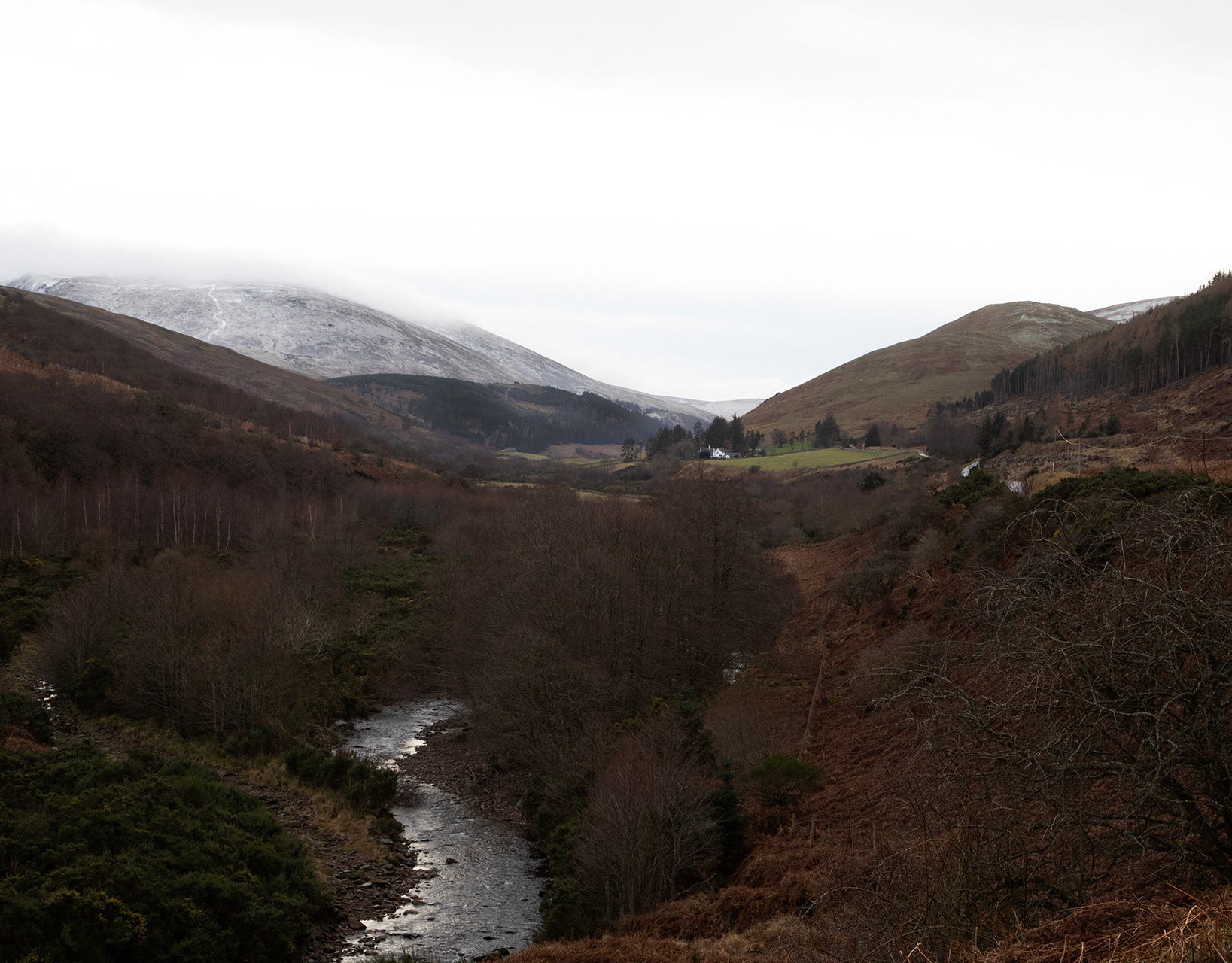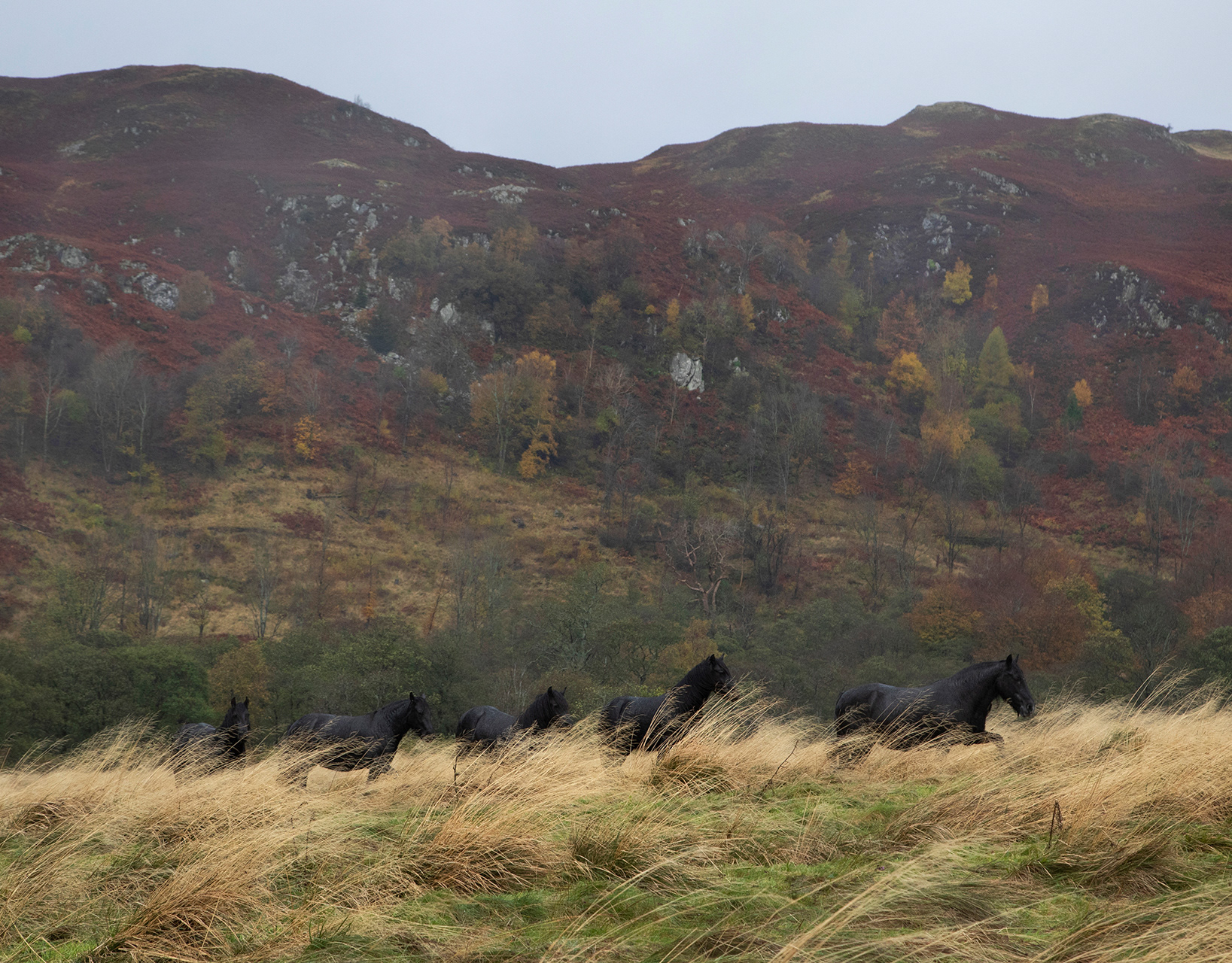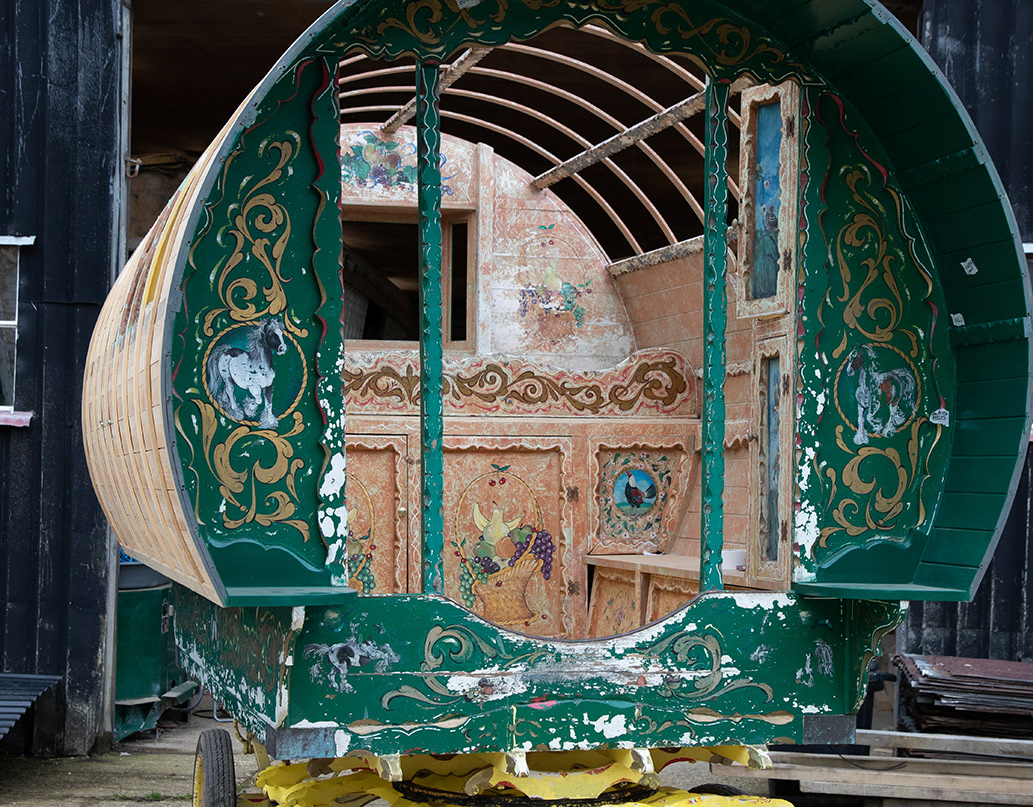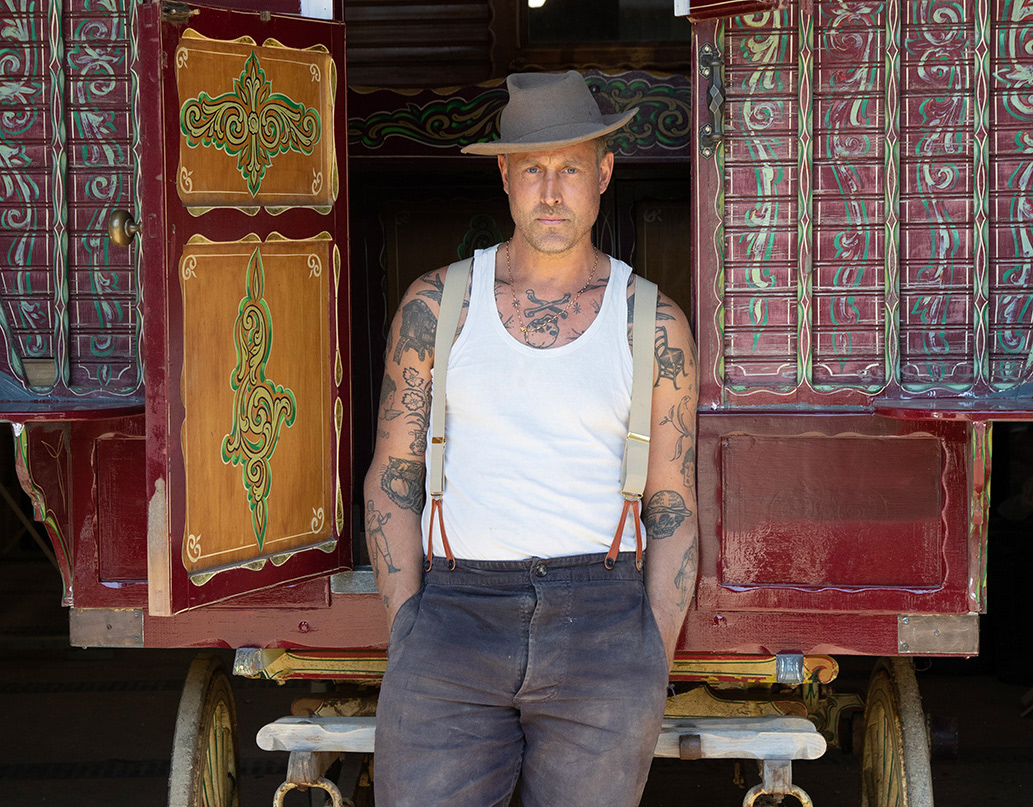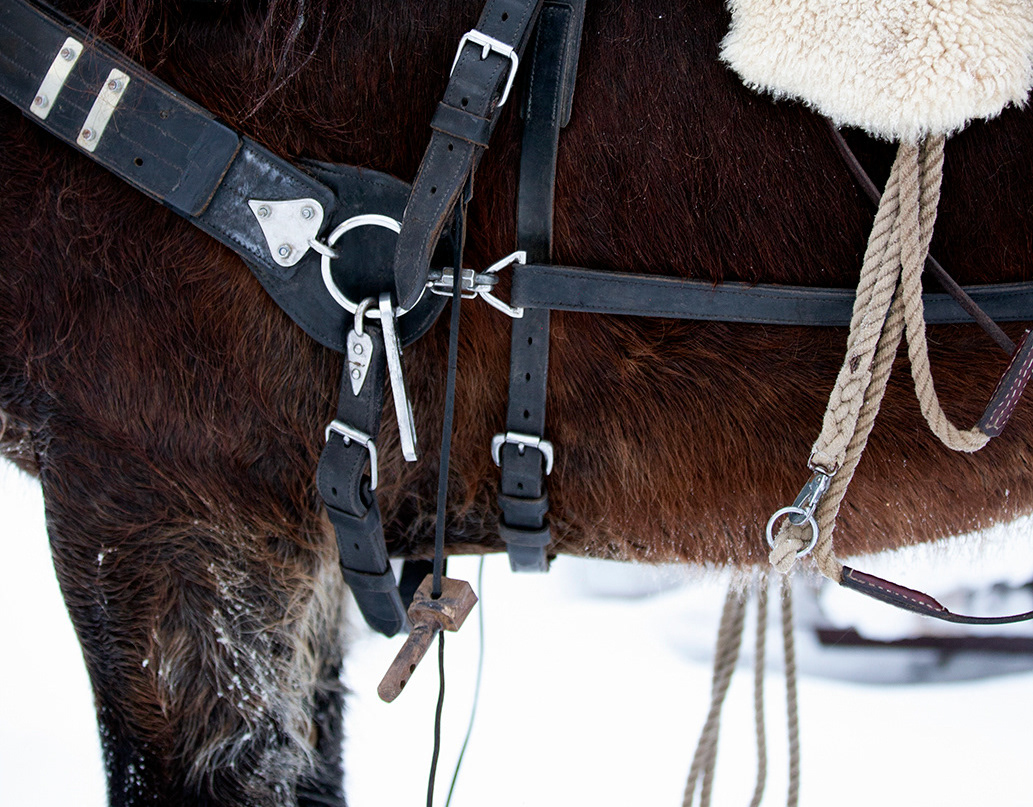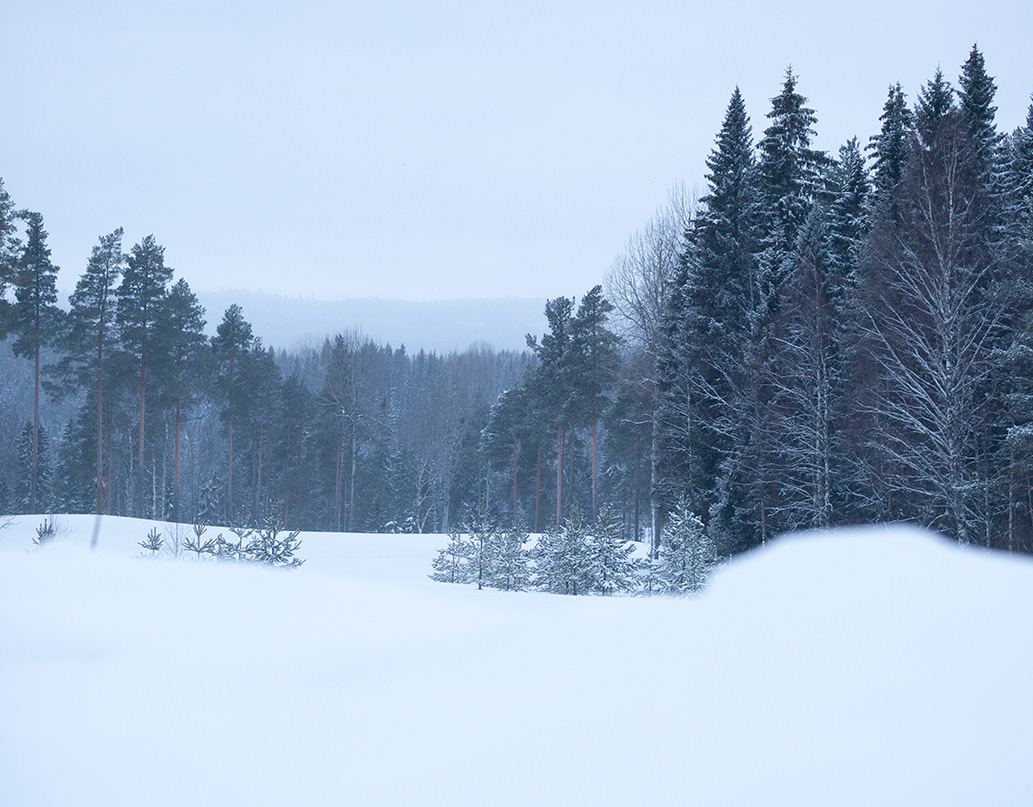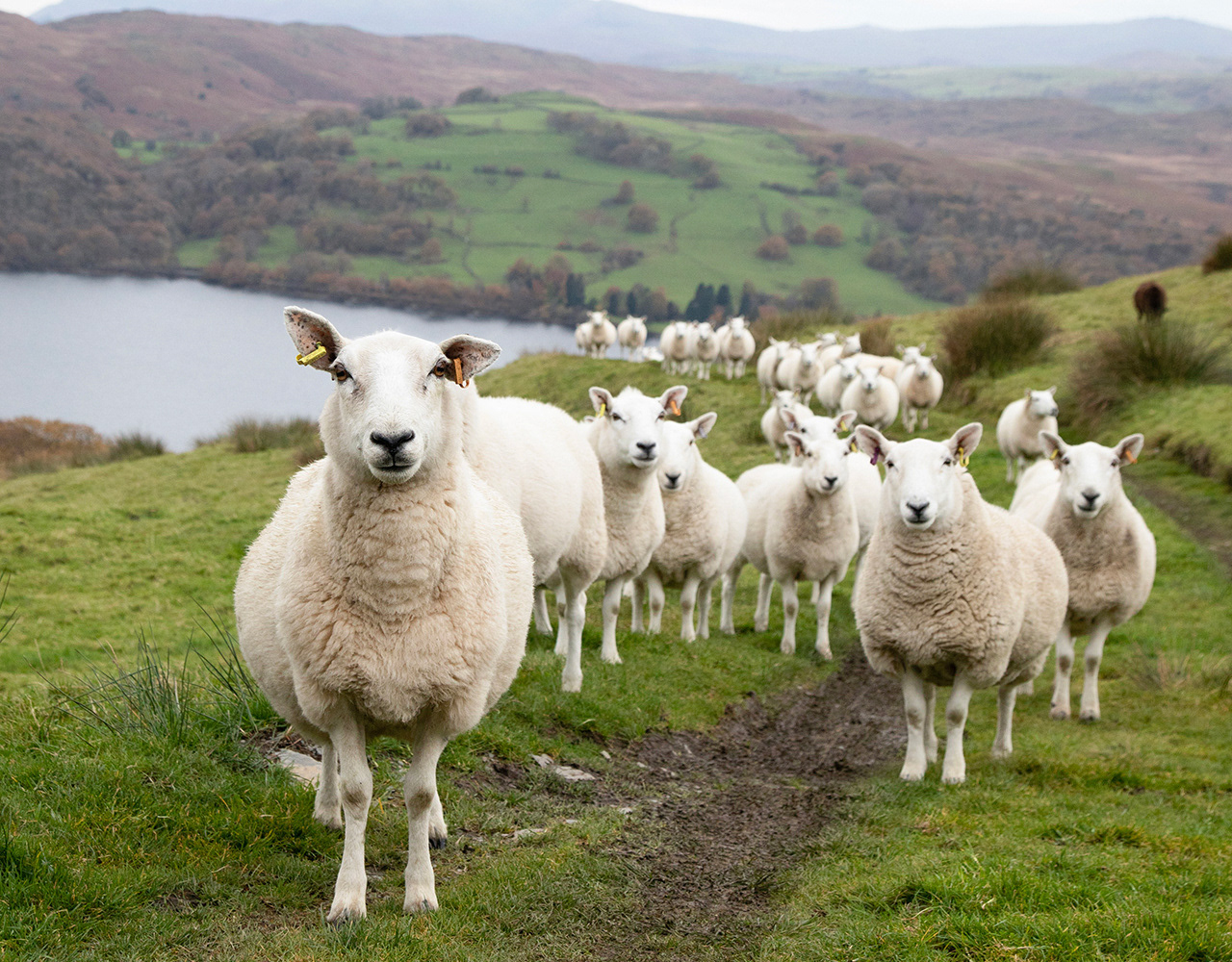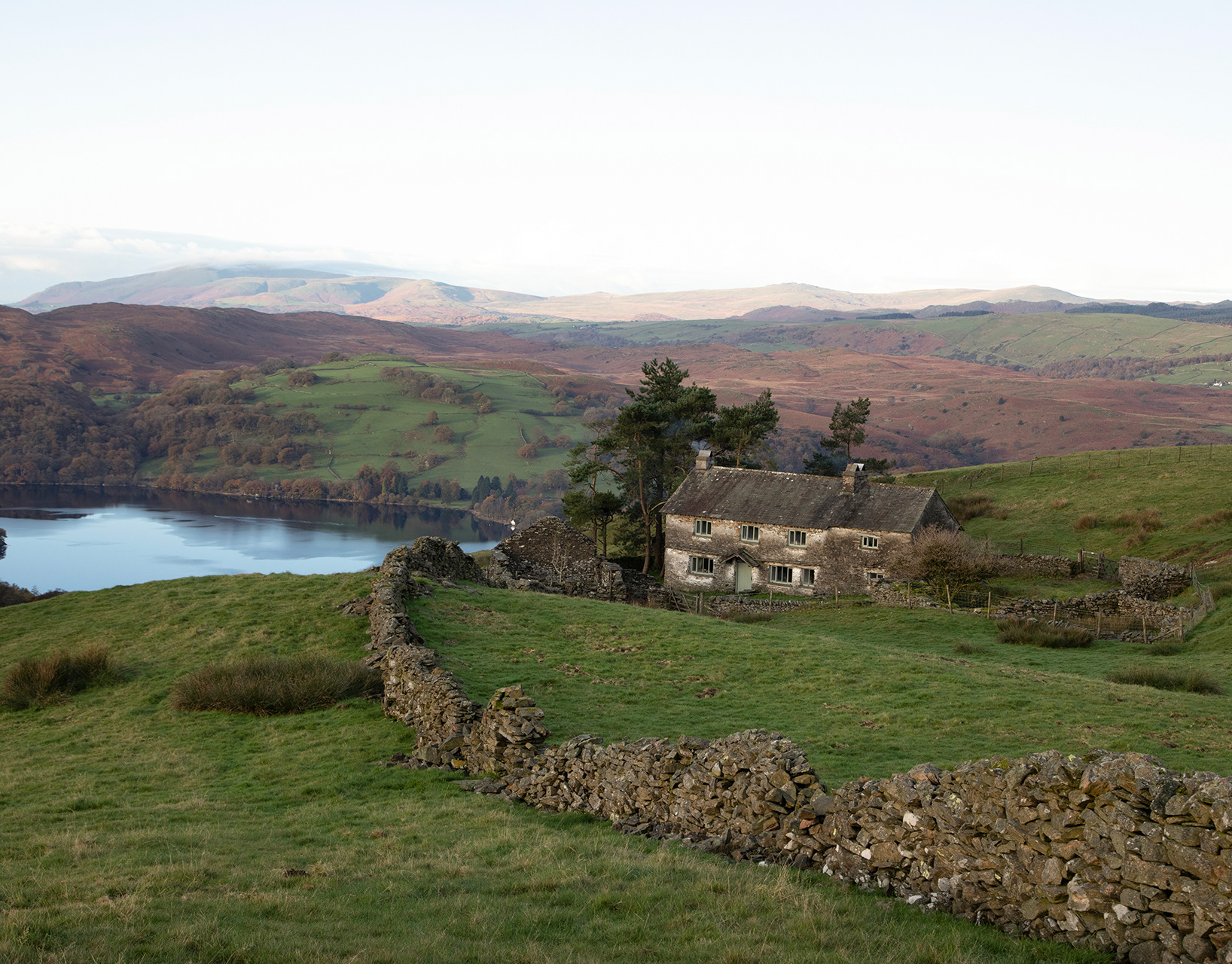Beatrix Potter's Lake District
Hill Top | Near Sawrey | Lake District

‘Beatrix Potter is Mrs William Heelis. She lives in the north of England, her home set among the mountains and lakes she has drawn in her children's books. Her husband is a solicitor. They have no family. Mrs Heelis is in her 60s. She leads a very busy and contented life, always living in the countryside and managing a large sheep farm on her own land.’
That is what Beatrix Potter, the well-known English children's book author and illustrator, wrote when she was asked in 1925 to write a bio for an American book about children's book authors. She then casually adds how she created her best-selling book Peter Rabbit, first published in 1902. She concludes the short biographical piece with: ‘I have never been able to understand the appeal of the book, but it just keeps on selling’ And it still sells to this day.
At that time, in 1925, she had published 22 small books, all of them bestsellers. But the focus in her life had changed enormously, perhaps that was why she wrote that last sentence. Her success as a children's book author and illustrator, her clever entrepreneurship and perseverance had made it possible for her to become a sheep farmer in the Lake District, acquiring hundreds of acres of land, buying several authentic farms and cottages, protecting large parts of the Lake District landscape and traditions.
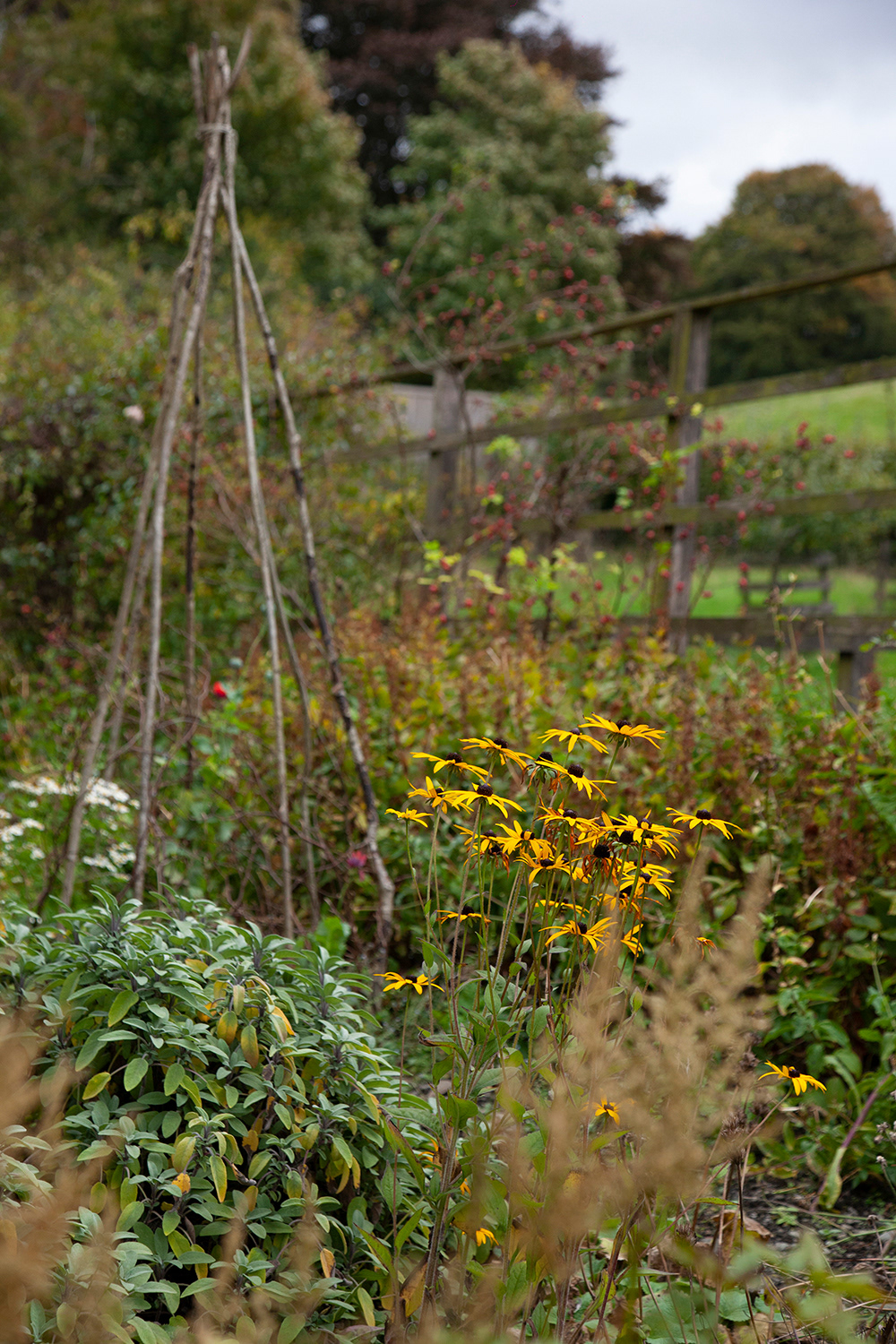
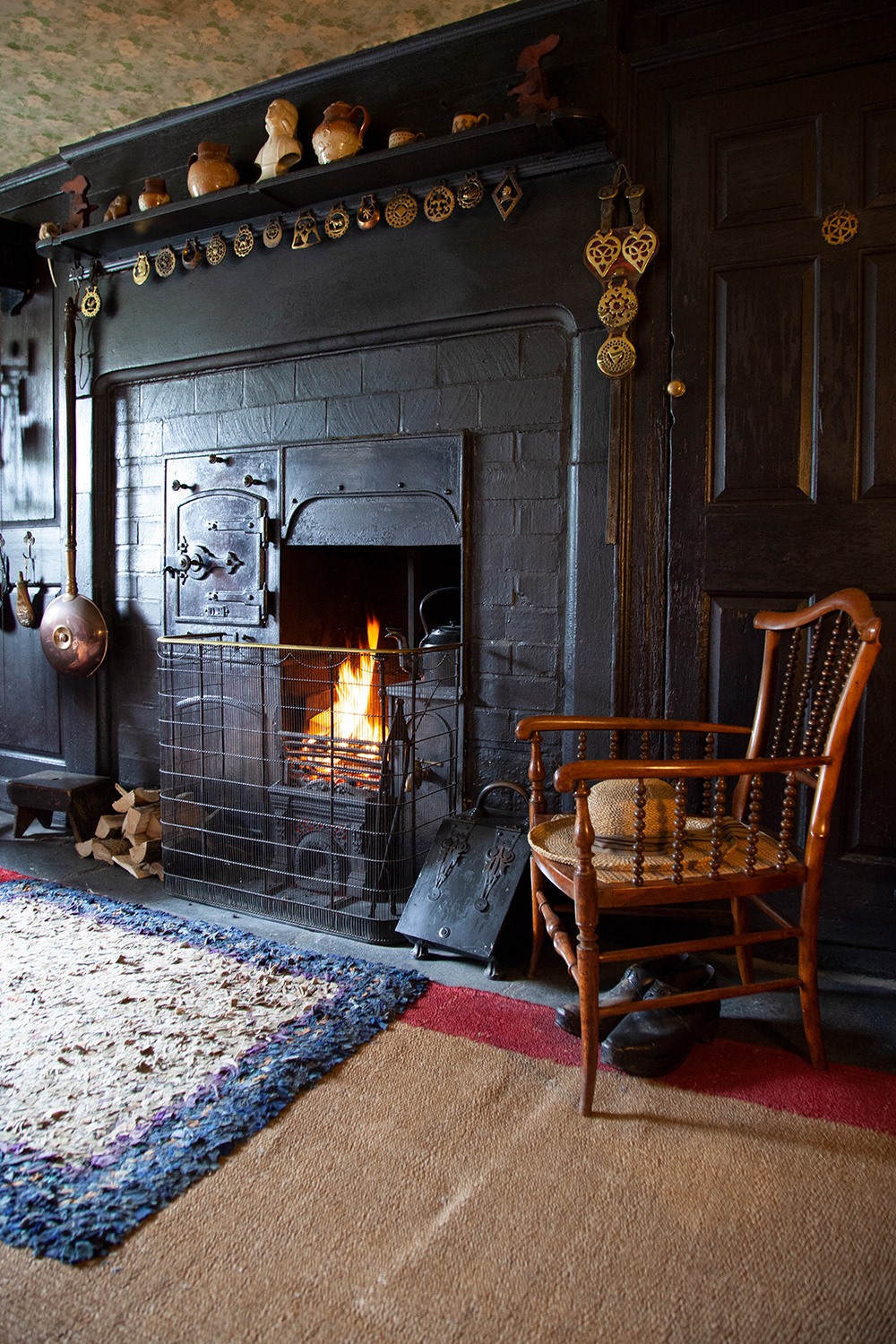
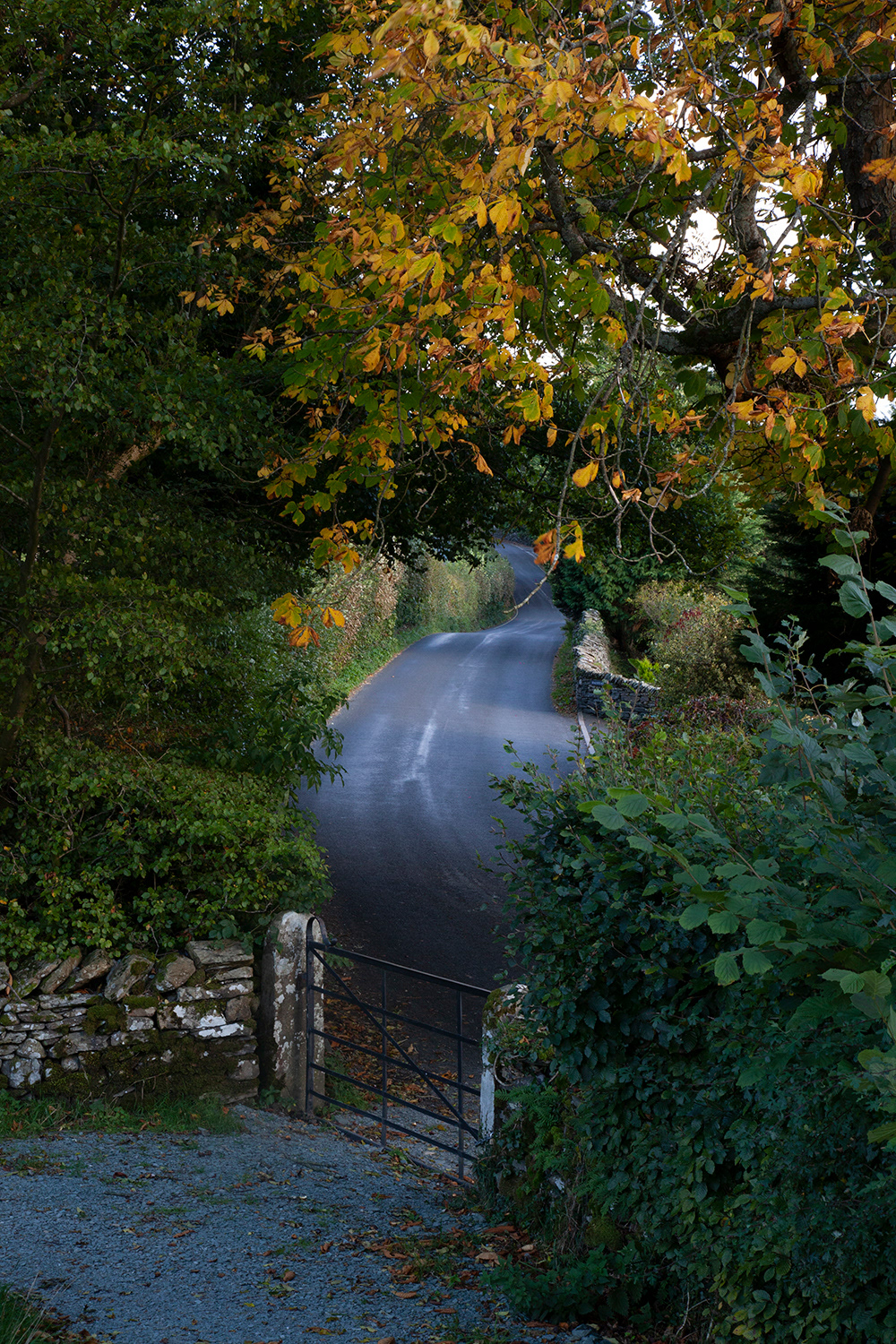
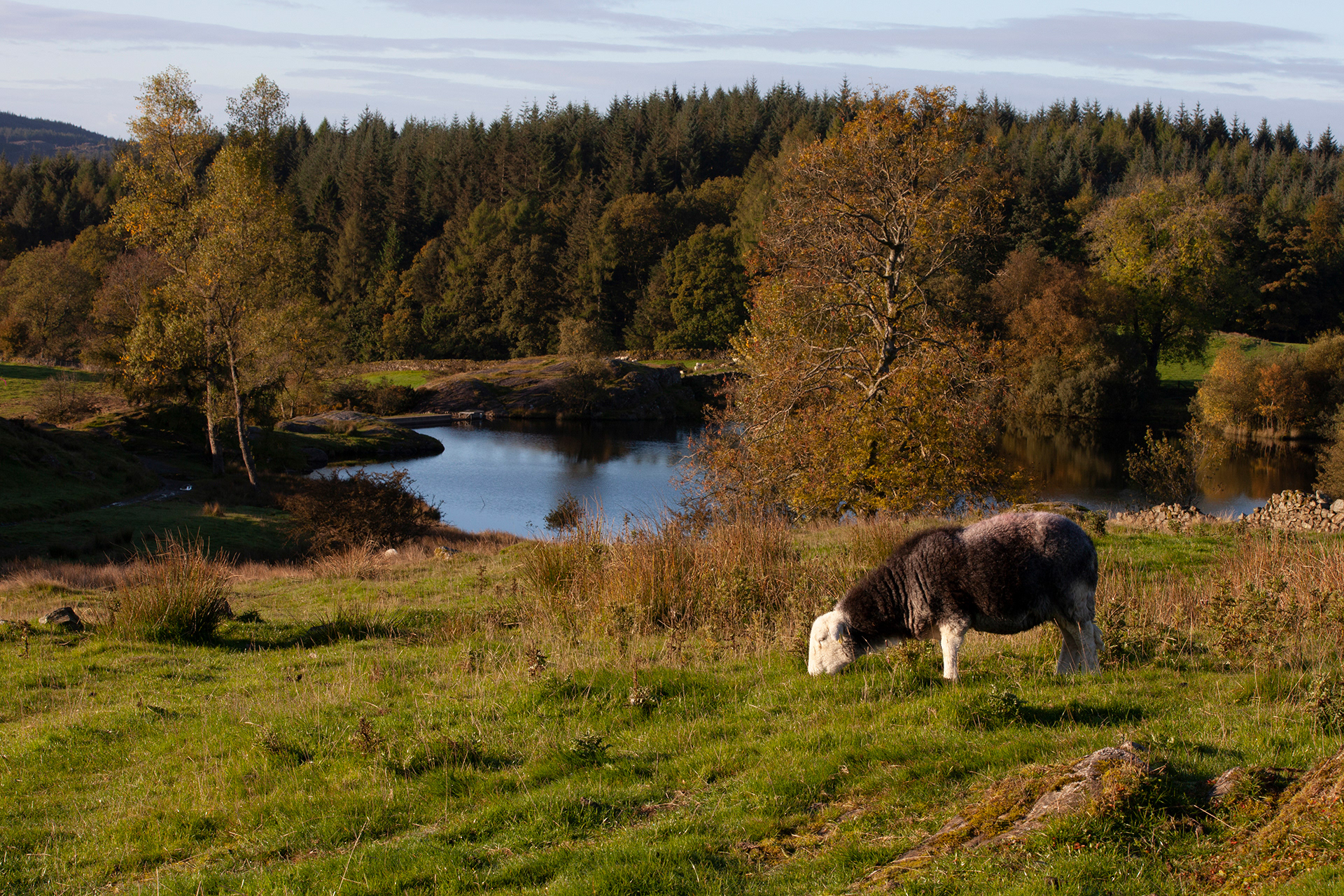
It is 1905 when, with the earnings from her first little book Peter Rabbit and a small inheritance from an aunt, she buys a farm in Sawrey in the Lake District. She is 39 and it is three years after her first little book, Peter Rabbit, was published. The profits she had made from her little book gave her some independence, something she had long longed for. Just as she longed for an escape from her Victorian life and upbringing and from her parent's home in London.
Hill Top was a working farm with a traditional 17th-century farmhouse built of local grey stone with a slate roof. There was some land, a few cows, some sheep and poultry. Beatrix immediately started planning, designing a new annex for the farmer tenants and creating a cottage garden and a vegetable garden. She does not live there permanently, her family commitments did not allow her to do so, but she tries to travel there from her parents' house in London as much as possible.
In the years that followed, she expanded the farm, buying more acres of land and building a flock of Herdwick sheep, an extremely hardy, local breed of sheep that lives on the Lake District fells. When she stays at Hill Top, she also works on her books. She draws and writes 13 small books in the years she travels to and from Hill Top Farm from her parents' home in London, most of them set in the house or garden of Hill Top Farm and in the village of Sawrey, and all of them, of course, show that beautiful Lake District landscape.
The story of Beatrix Potter is an extraordinary and inspiring one. As a once somewhat shy woman yet determined to do something with her life, she struggled out of her Victorian upbringing, using her talents and perseverance to be independent and eventually become the person she wanted to be; a strong and determined and sometimes somewhat headstrong woman who really made a difference. From Victorian upper-middle-class girl to sheep farmer (and landowner), is a turnaround that is difficult in anytime, but certainly at the time she lived in. She remains an inspiration with a legacy that is still visible in the Lake District and in her children's books that have been bestsellers for over 100 years.
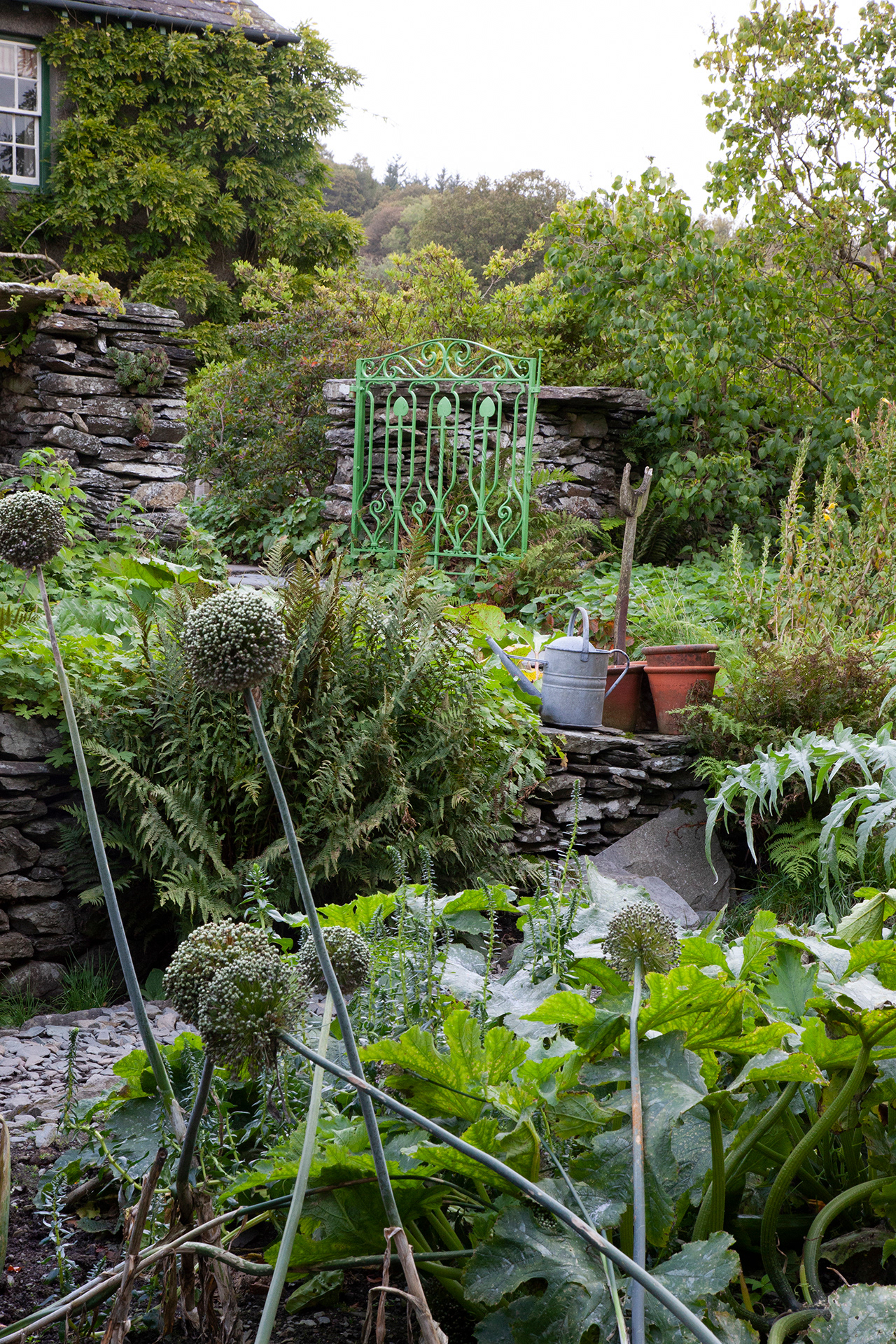
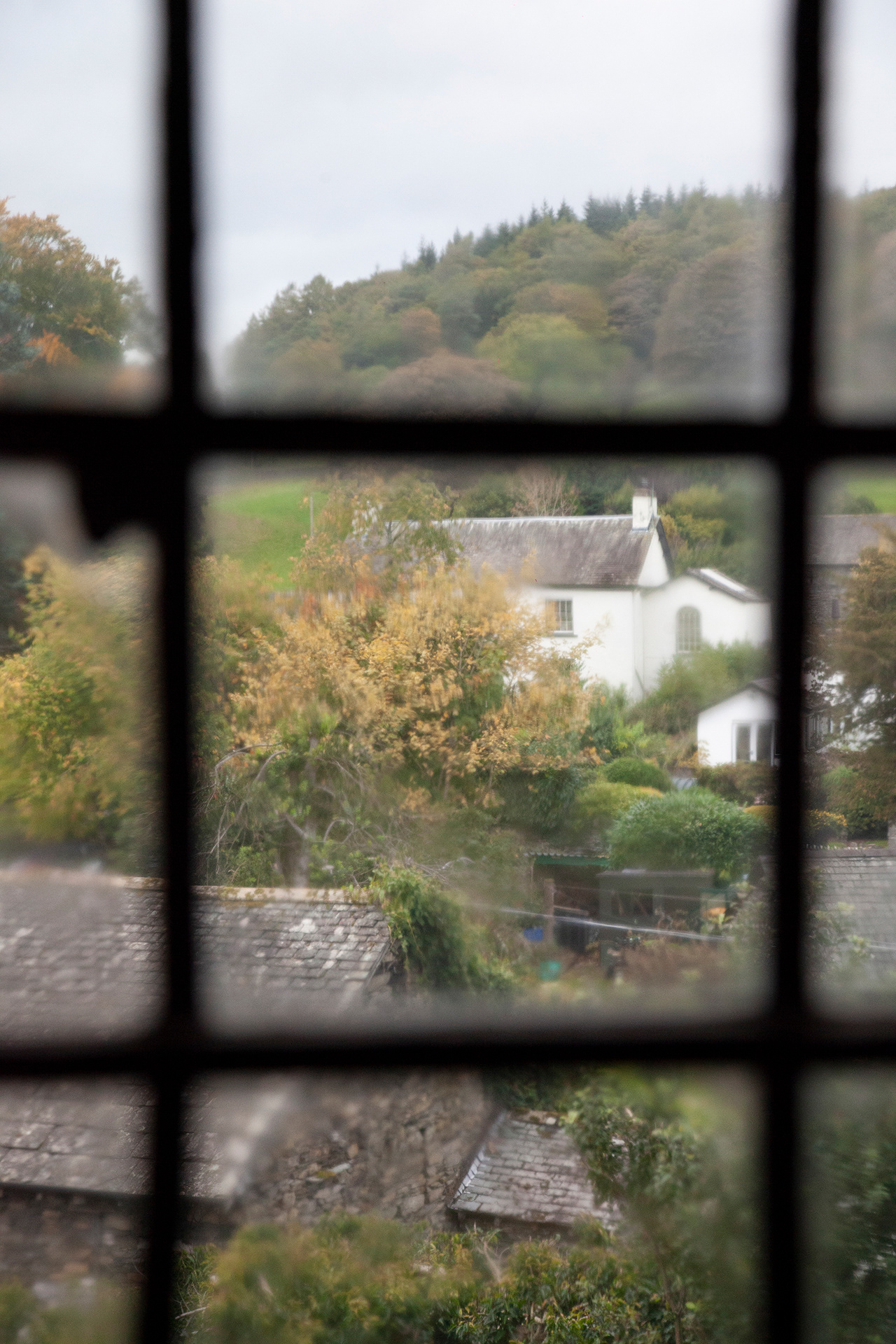
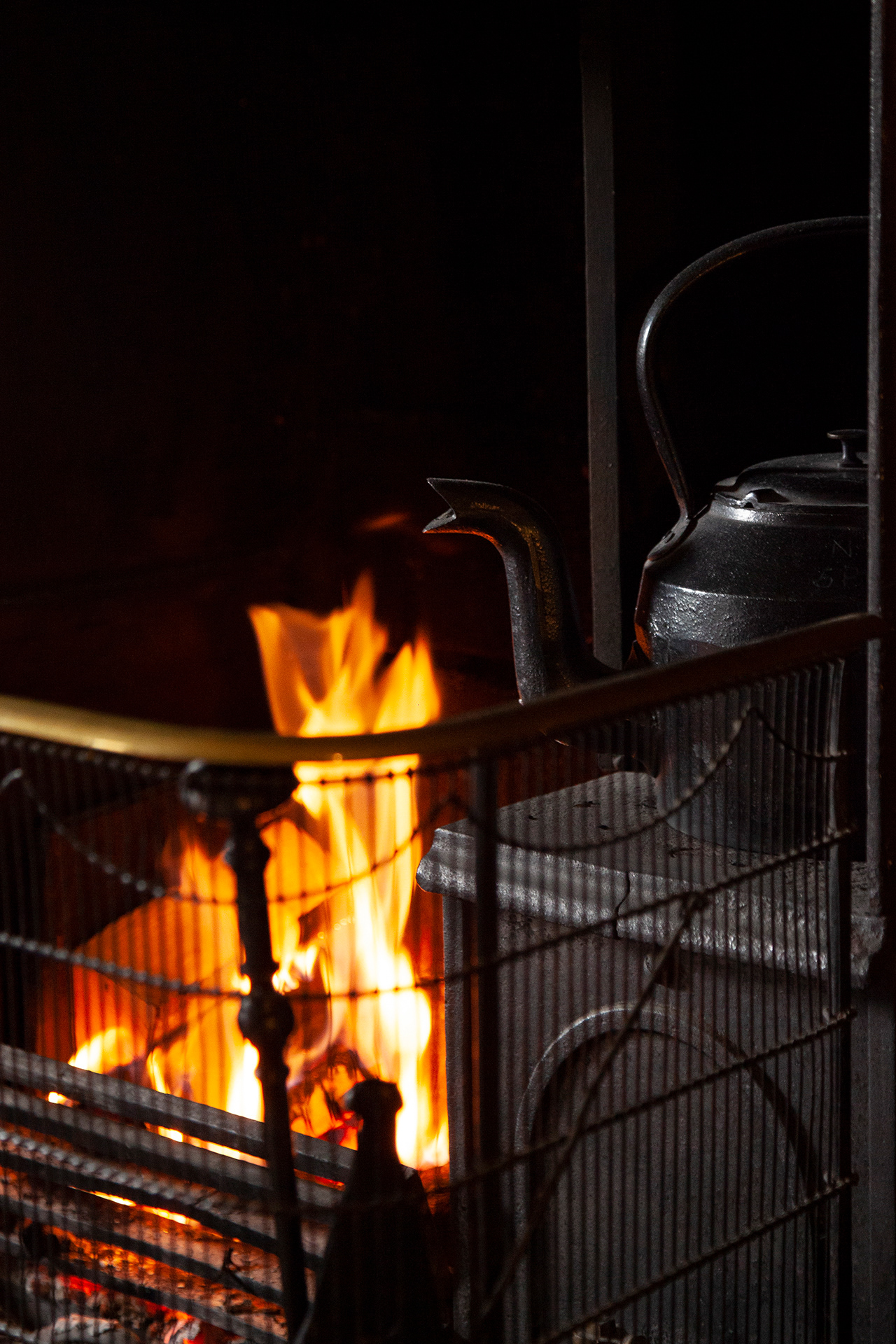
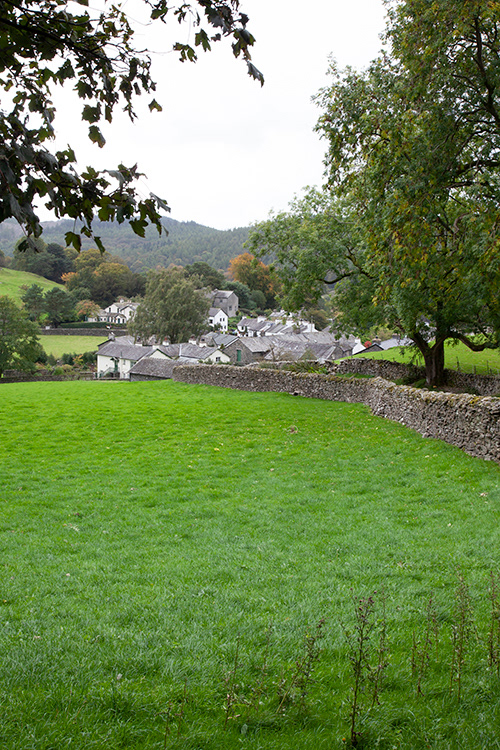
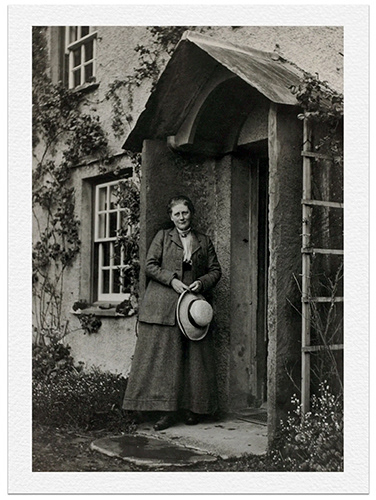
Beatrix Potter, Hill Top 1905
In 1913, at the age of 47 she marries local solicitor William Heelis and moves permanently to Sawrey. The couple live in Castle Cottage, opposite of Hill Top. Beatrix keeps Hill Top Farm as her own place, giving her space to work and do her own things. She likes to play with Hill Top's interior, changing and exhibiting the things she loves, which range from local antique furniture to quirky items and china, family heirlooms and her brother's paintings. And, of course, her sheep breeding trophies. She regularly buys things from local farmers, not necessarily because she really wanted them, but to help the farmer in question to get some extra cash, often deliberately paying too much if she knew thefarmer really needed the money.
Hill Top remains important to Beatrix throughout her life, it is her own personal place where she goes every day to light the fire in the big fireplace, ‘to potter about’ and to work. In the 30 years of her marriage, her priority is managing her farms and preserving the Lake District, often in close collaboration with the National Trust. She buys traditional Lake District farms and acres of land, preserving the traditional way of farming and protecting the unique Lake District landscape.
After her death in 1943, at the age of 77, she left almost everything she owned to the National Trust, including more than 1,600 acres of land, 17 farms and cottages and herds of Herdwick sheep and cattle, along with all her original drawings and work. Her beloved Hill Top was also be left to the National Trust. It is her explicit wish that everything would remain as she had left it, as her last work of art with everything she loved. Hill Top is open to the public just as Beatrix left it. But Hill Top is also still a traditional working farm, just like most of the farms Beatrix Potter left to the National Trust after her death.
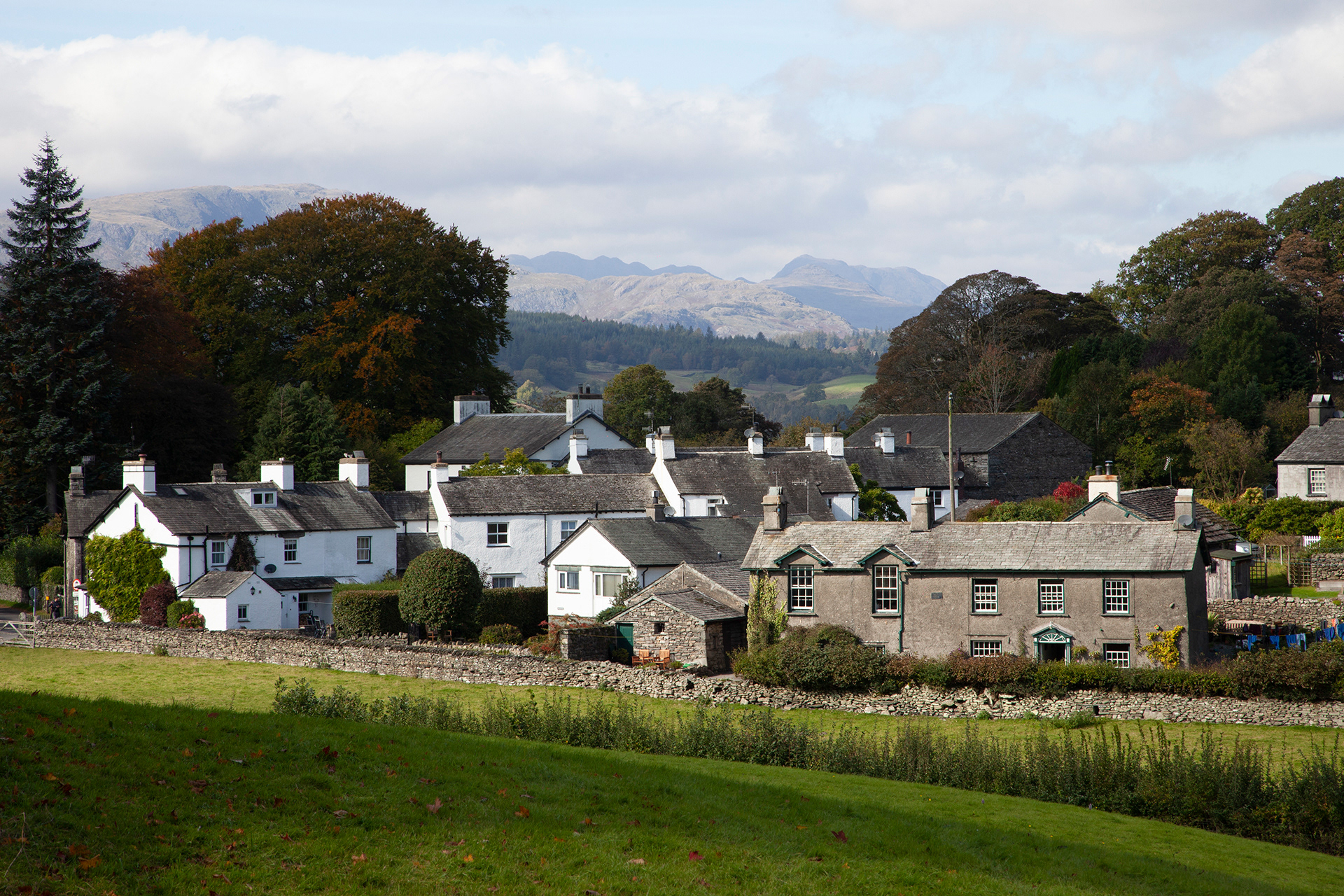
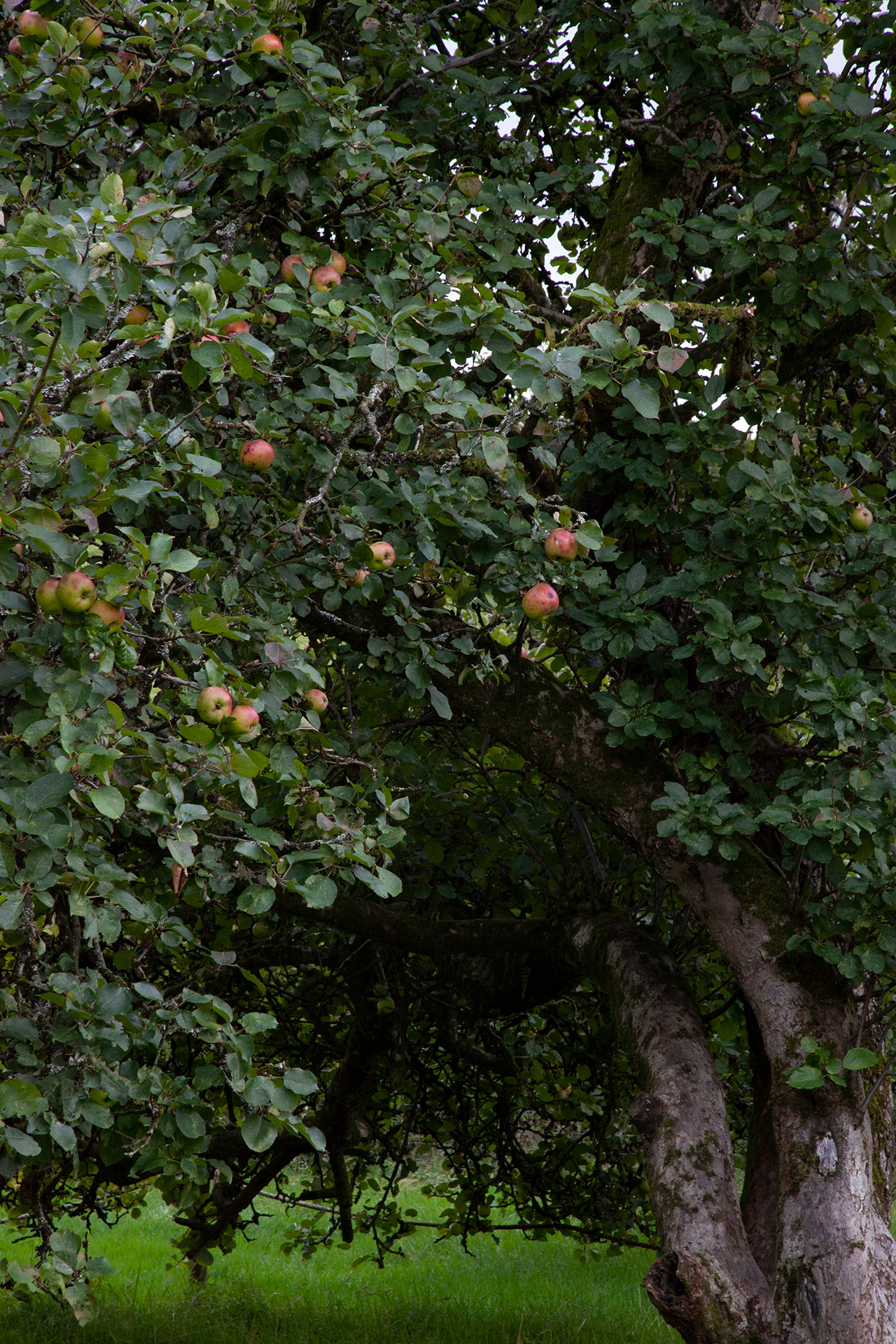
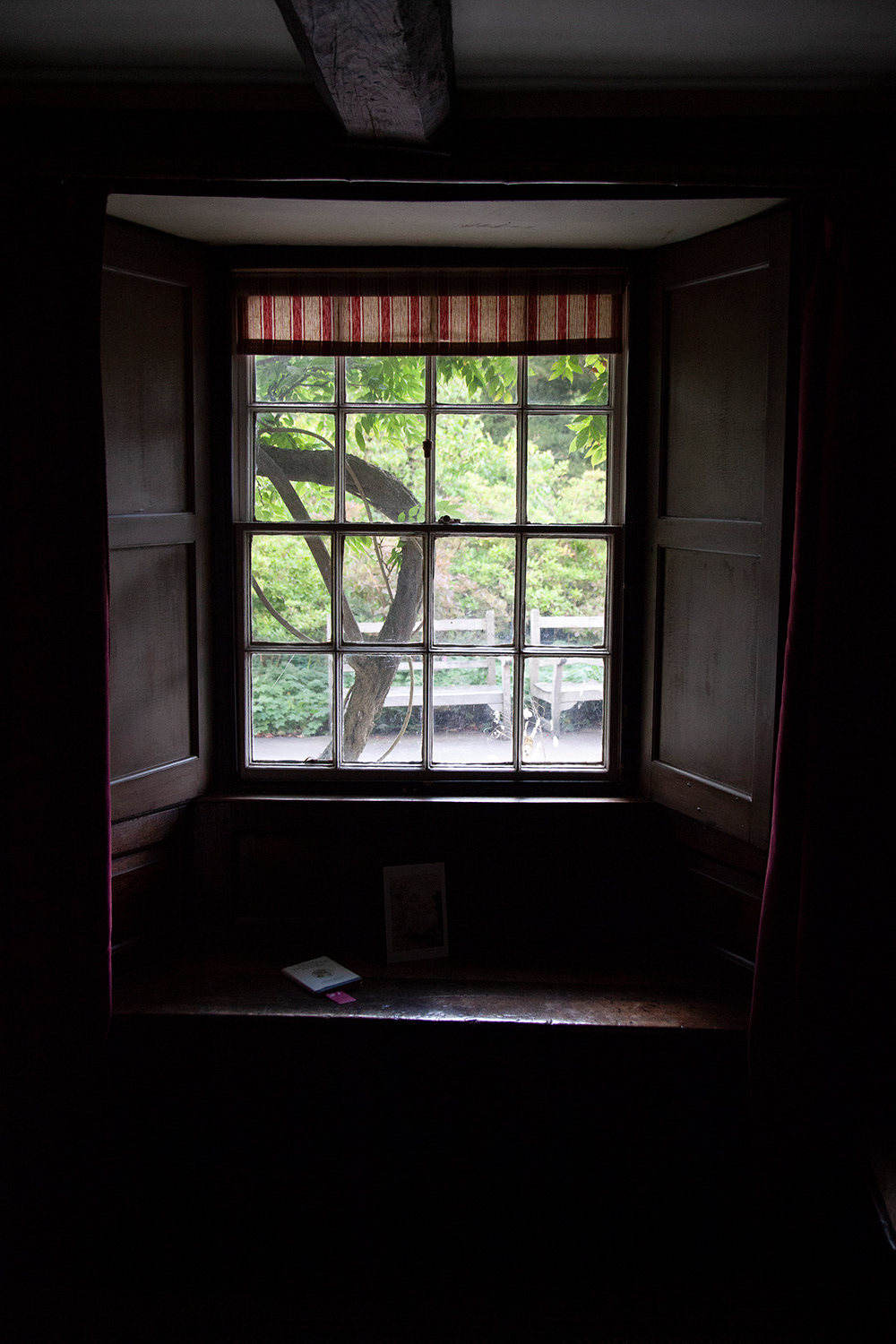
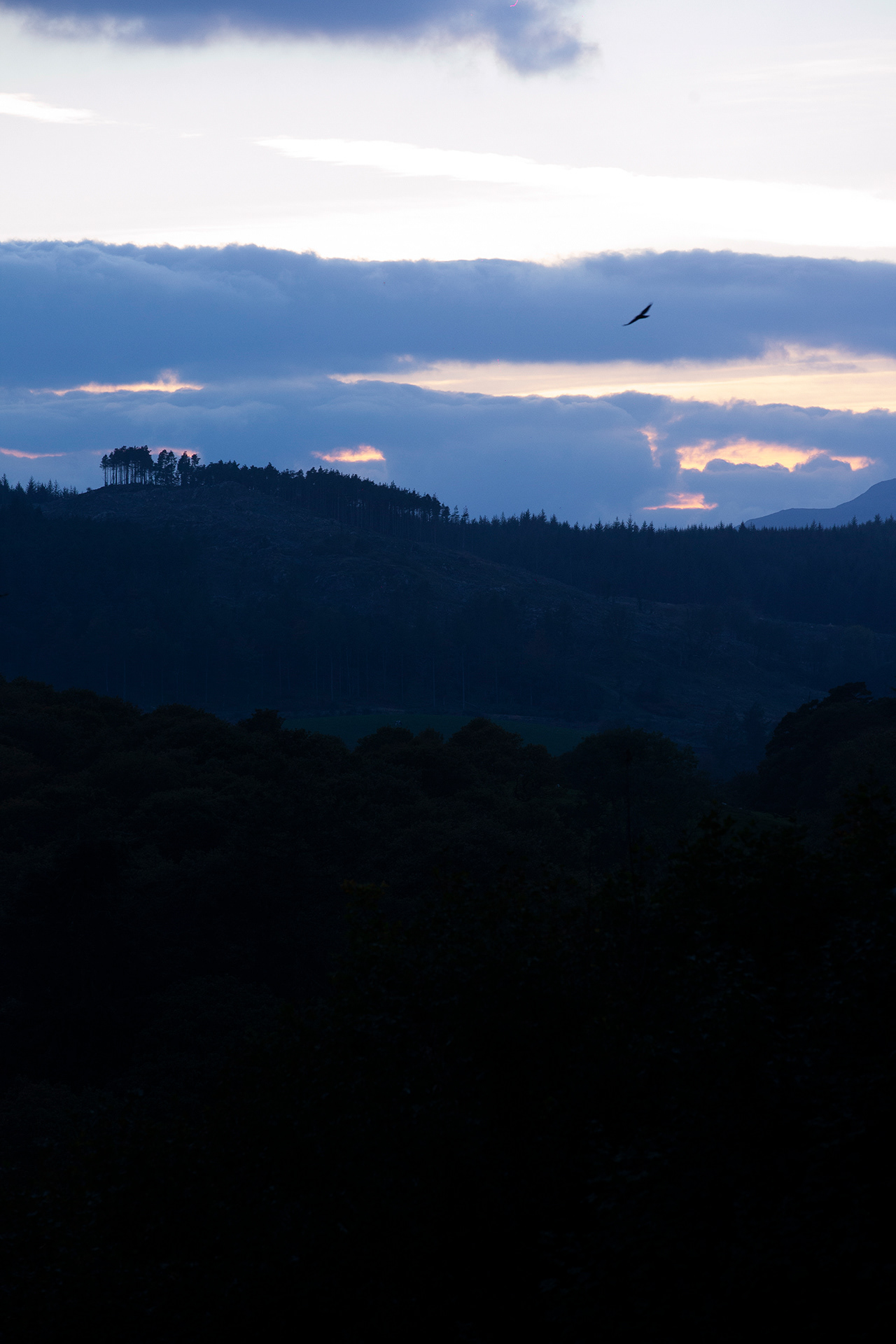
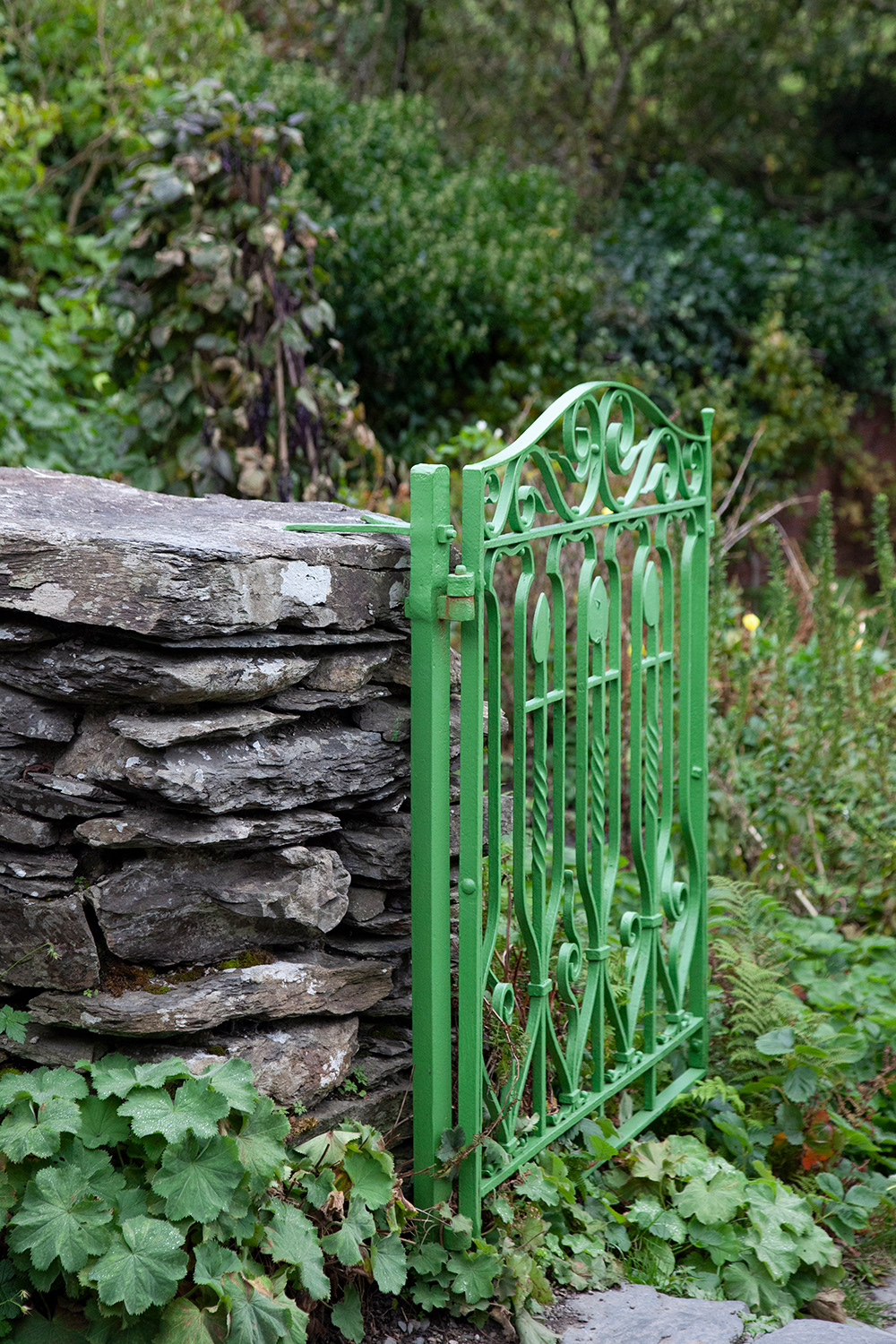
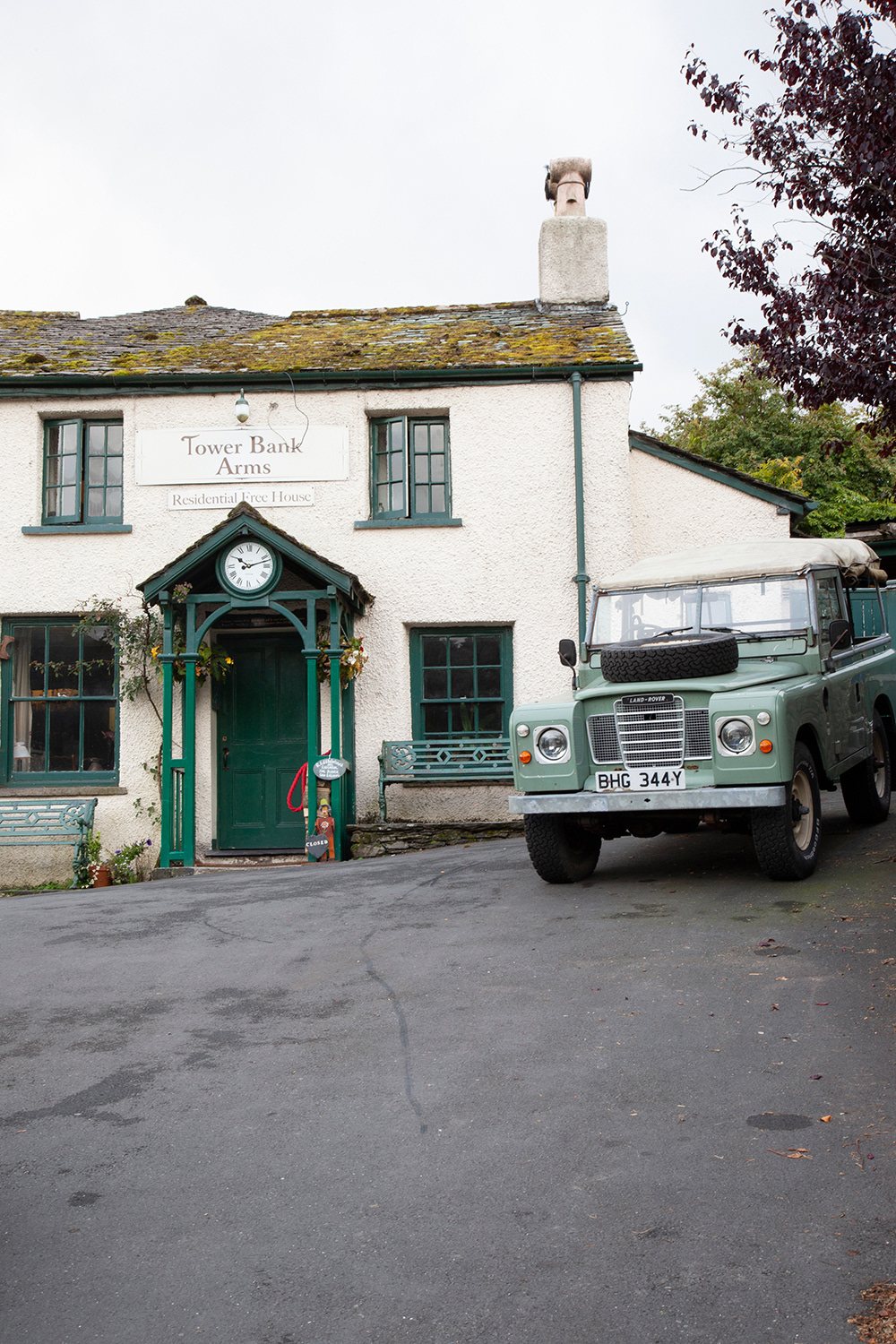
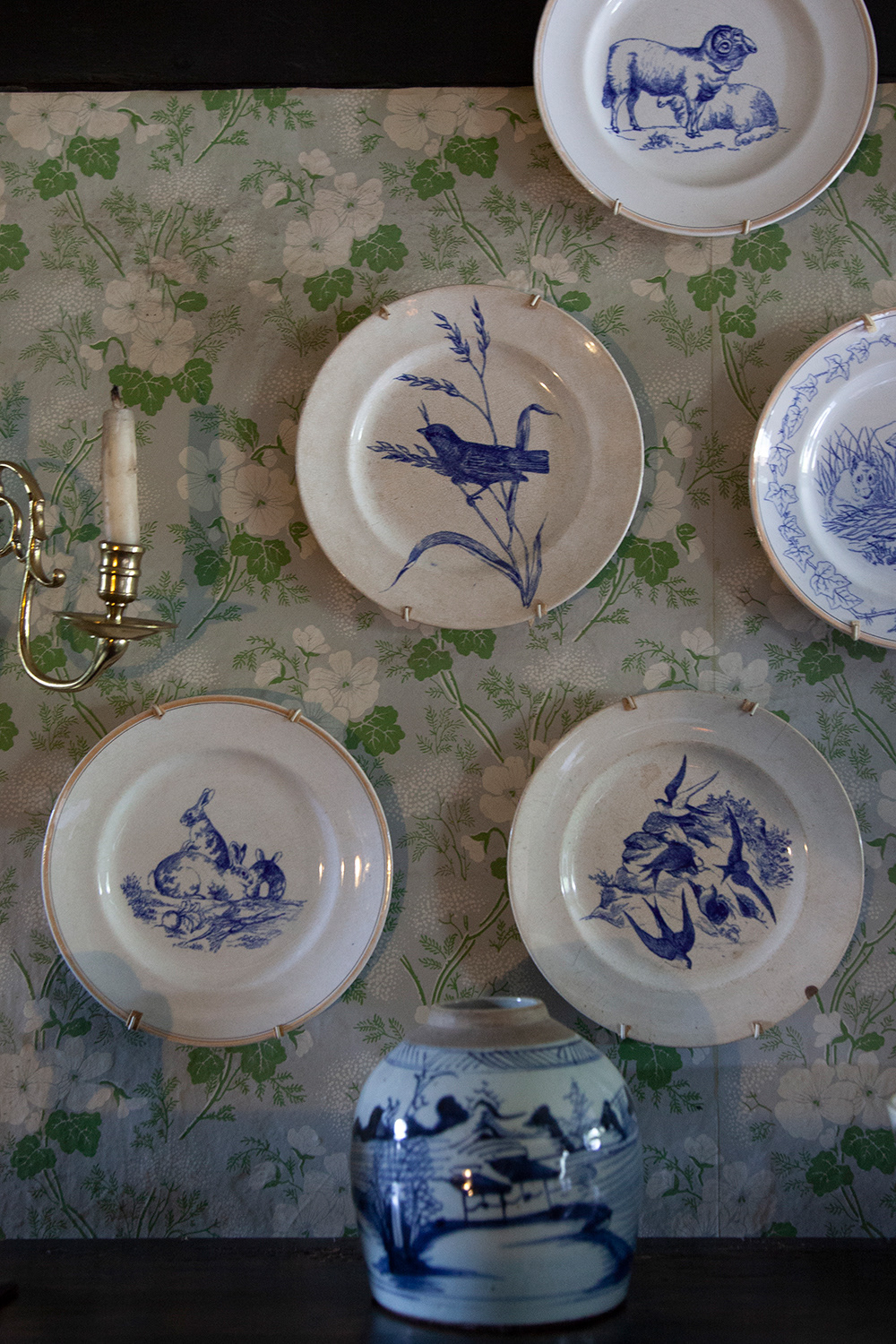
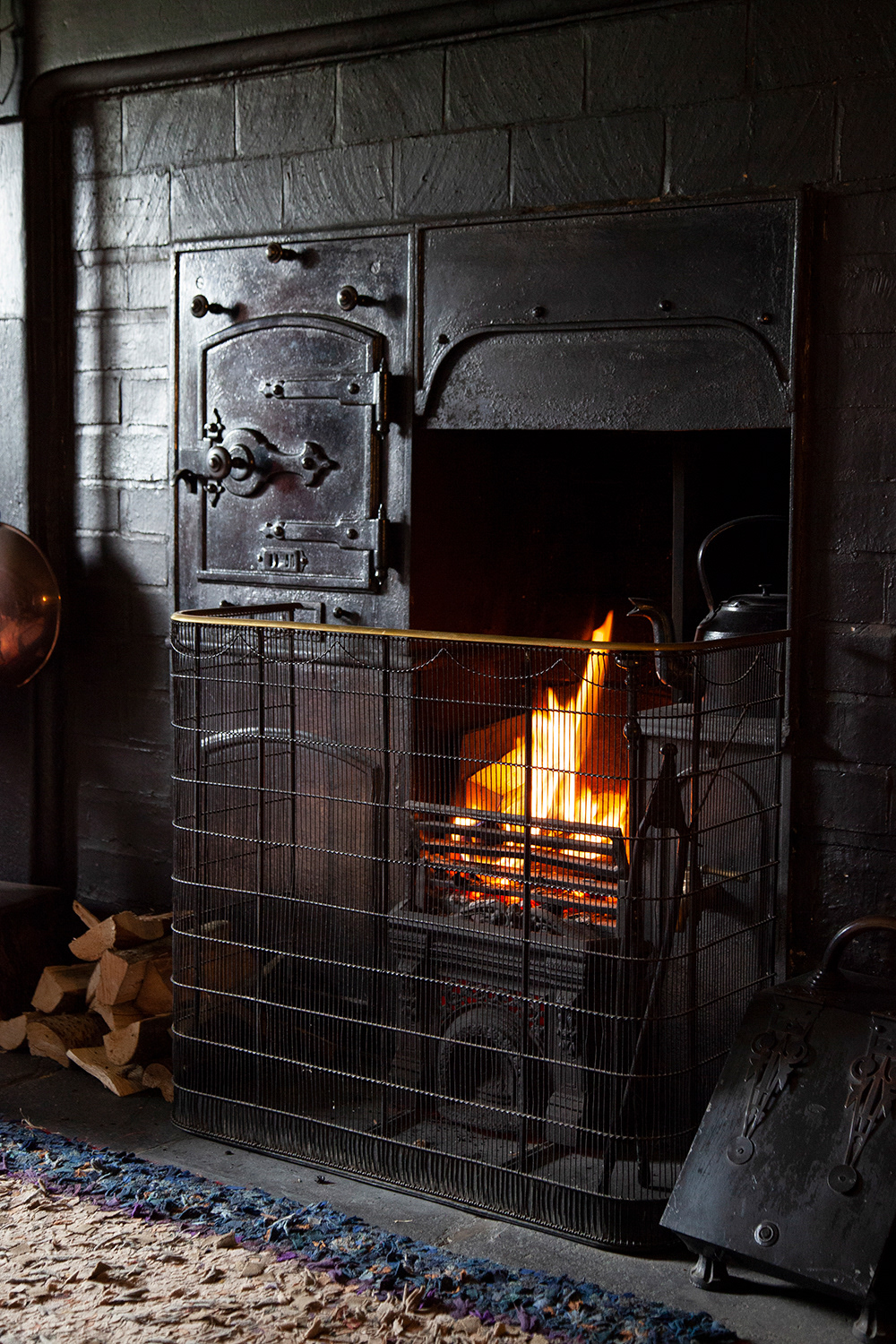
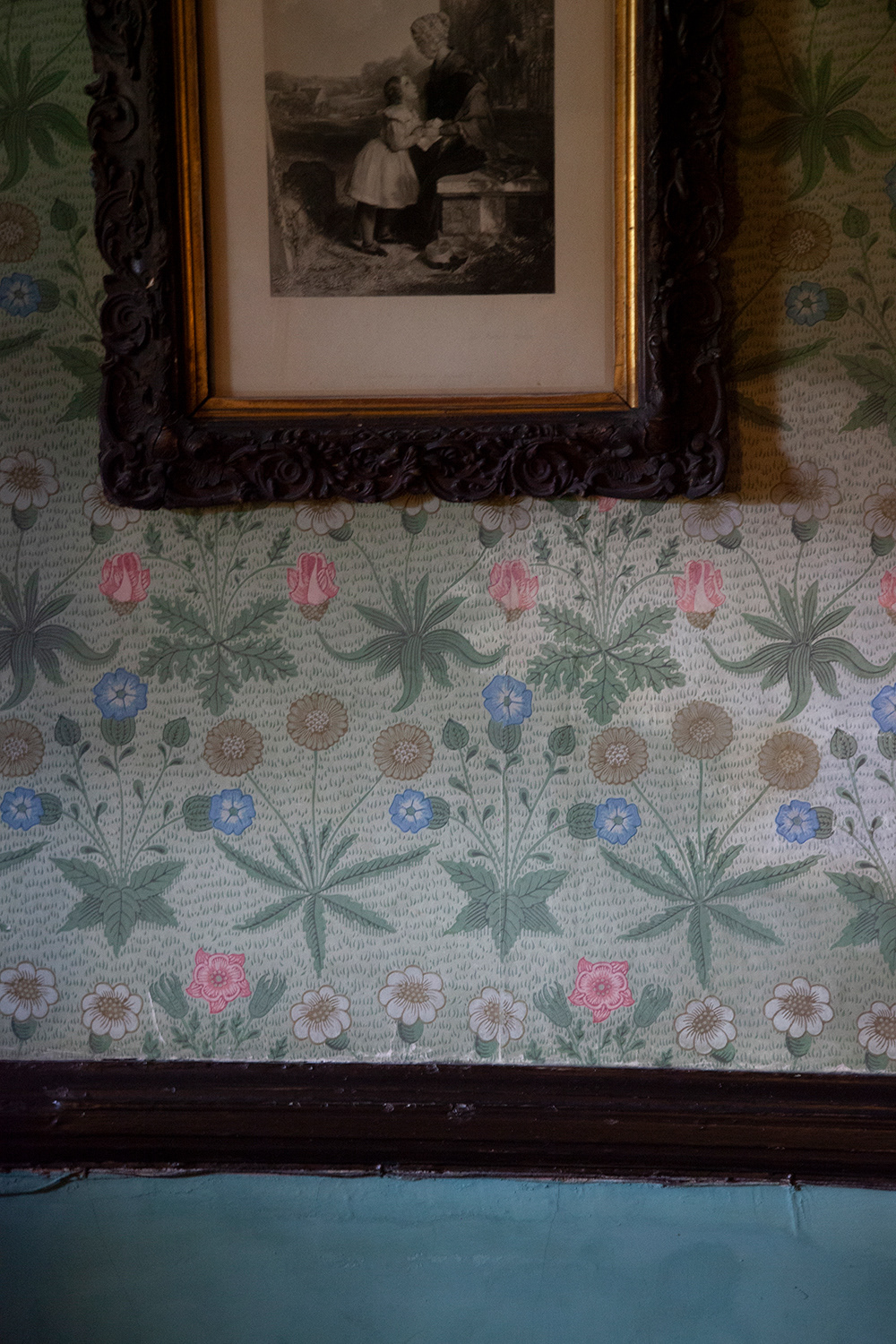
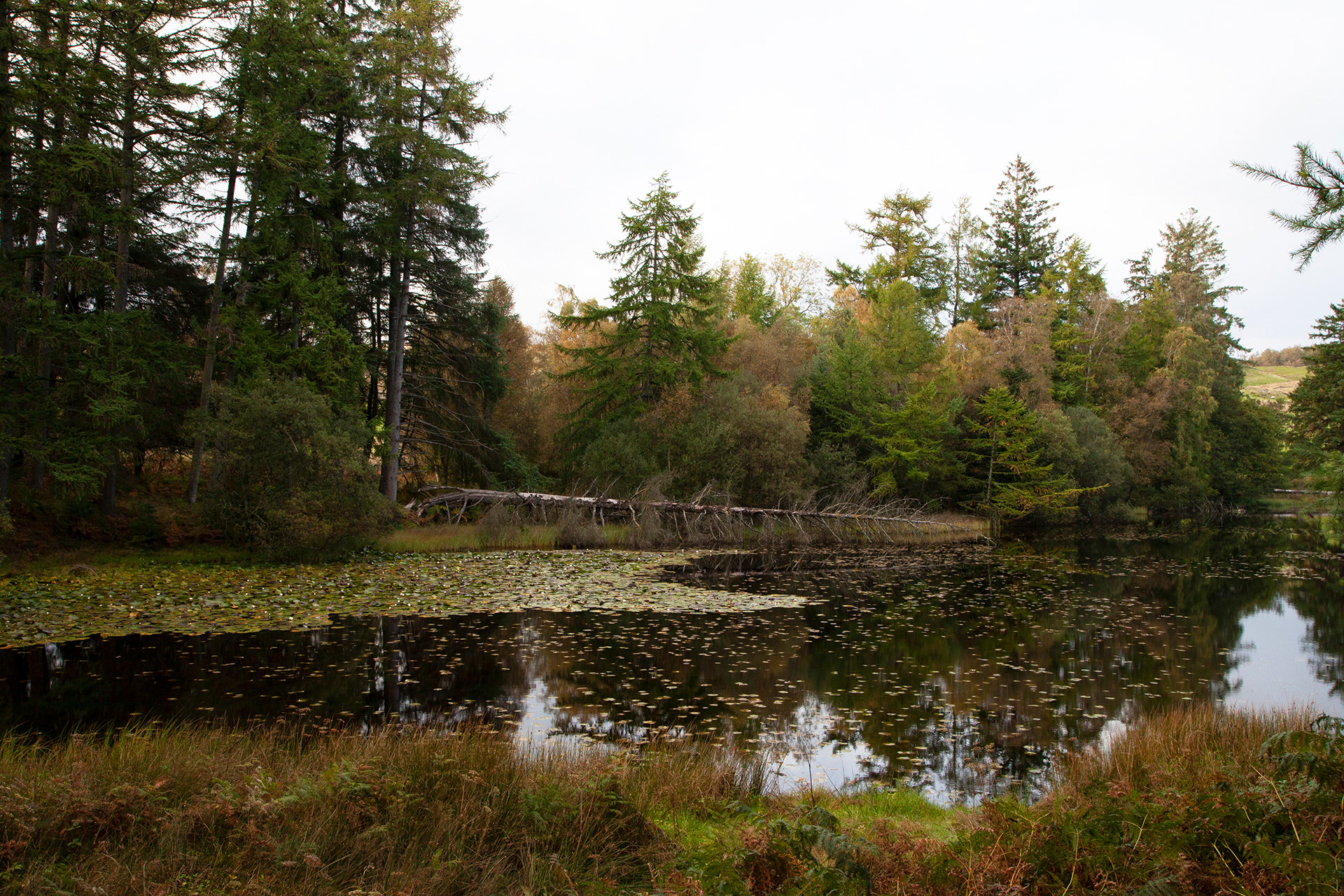
All images © Anna Rubingh, except photos of Beatrix Potter
Publication in Seasons Magazine (NL, 09-2021)
Click on the image for the publication. Photography + words © Anna Rubingh
Publication of an accompanying culinary production Seasons Magazine (NL, 09-2021)
Click on the image for the publication. Production + recipes+ styling+ photography © Anna Rubingh
More about Beatrix Potter, books
- Beatrix Potter by Linda Lear, Penguin Books, 2007
- Beatrix Potter Artist, Storyteller and Countrywoman door Judy Taylor, Warne, 1997
- Over the Hills and Far Away by Metthew Dennison , Head of Zeus Ltd, 2017
- The Real Beatrix Potter by Nadia Cohen, Pen & Sword History, 2020
The first biography written about her in 1946:
- The Tale of Beatrix Potter, A Biography, by Margaret Lane, Warne 1946, revised edition 1968, third print 1976
The book that inspired me to travel to the Lake District in 2018:
At Home with Beatrix Potter, the creator of Peter Rabbit by Susan Denyer, ABRAMS, 2000
